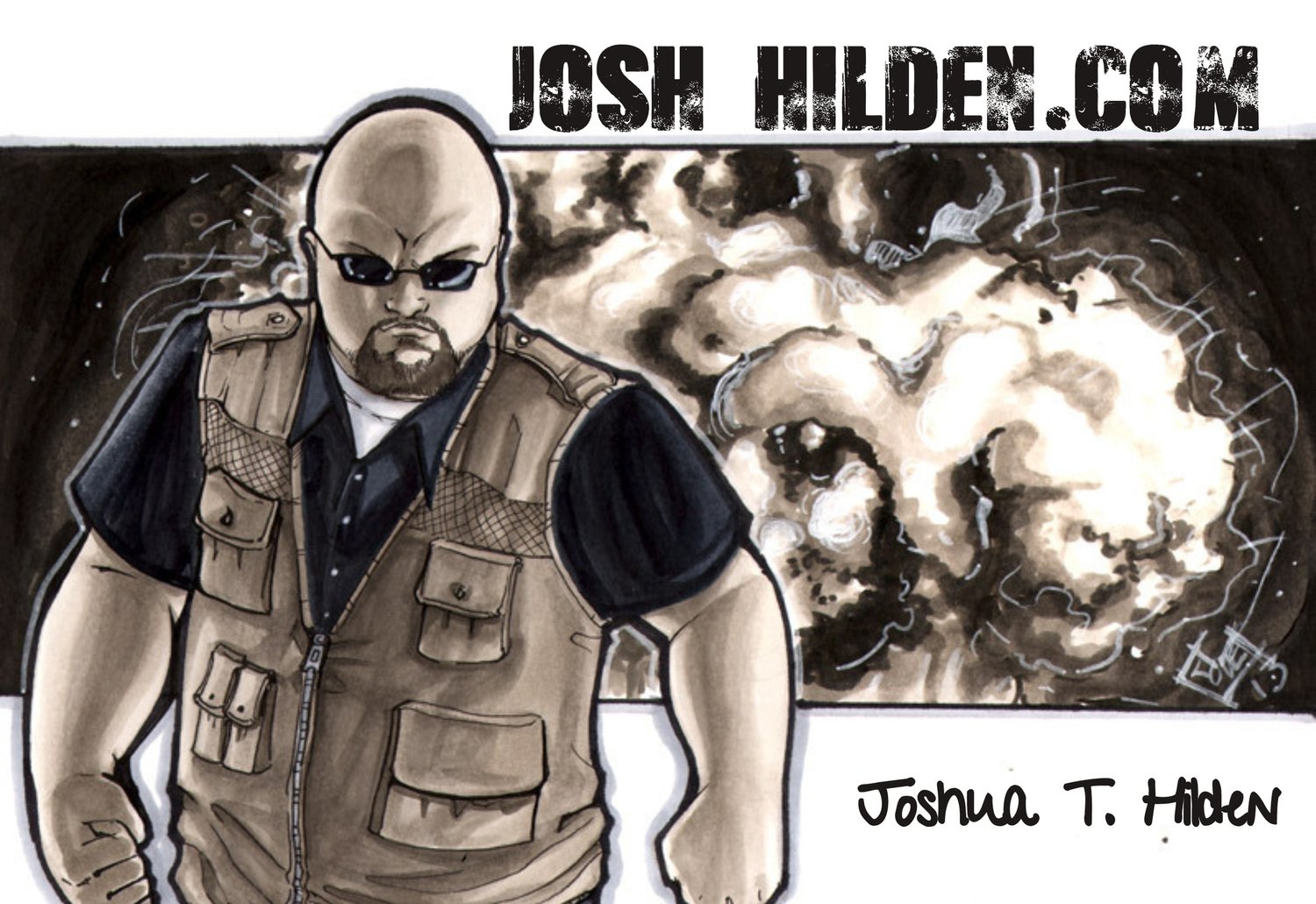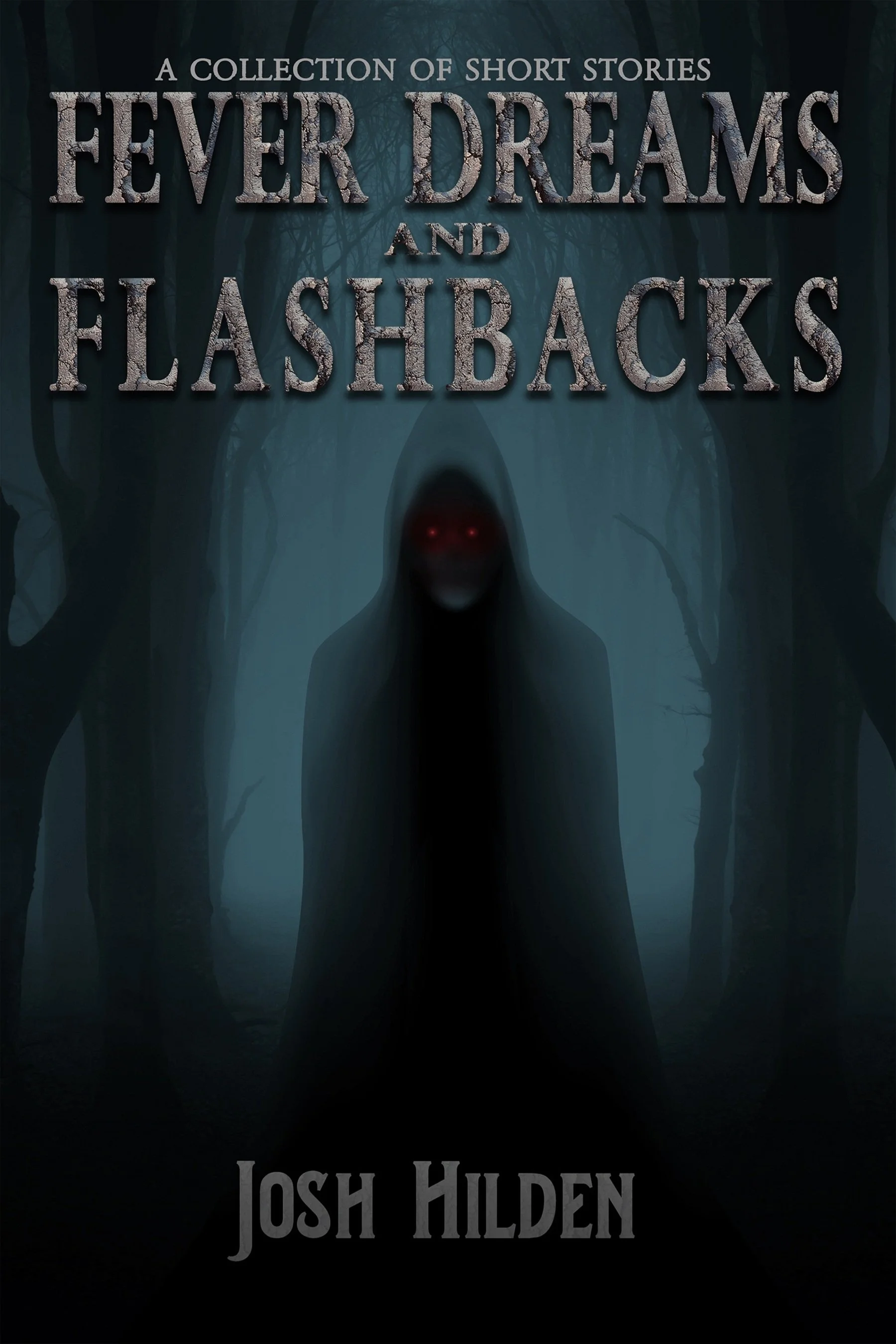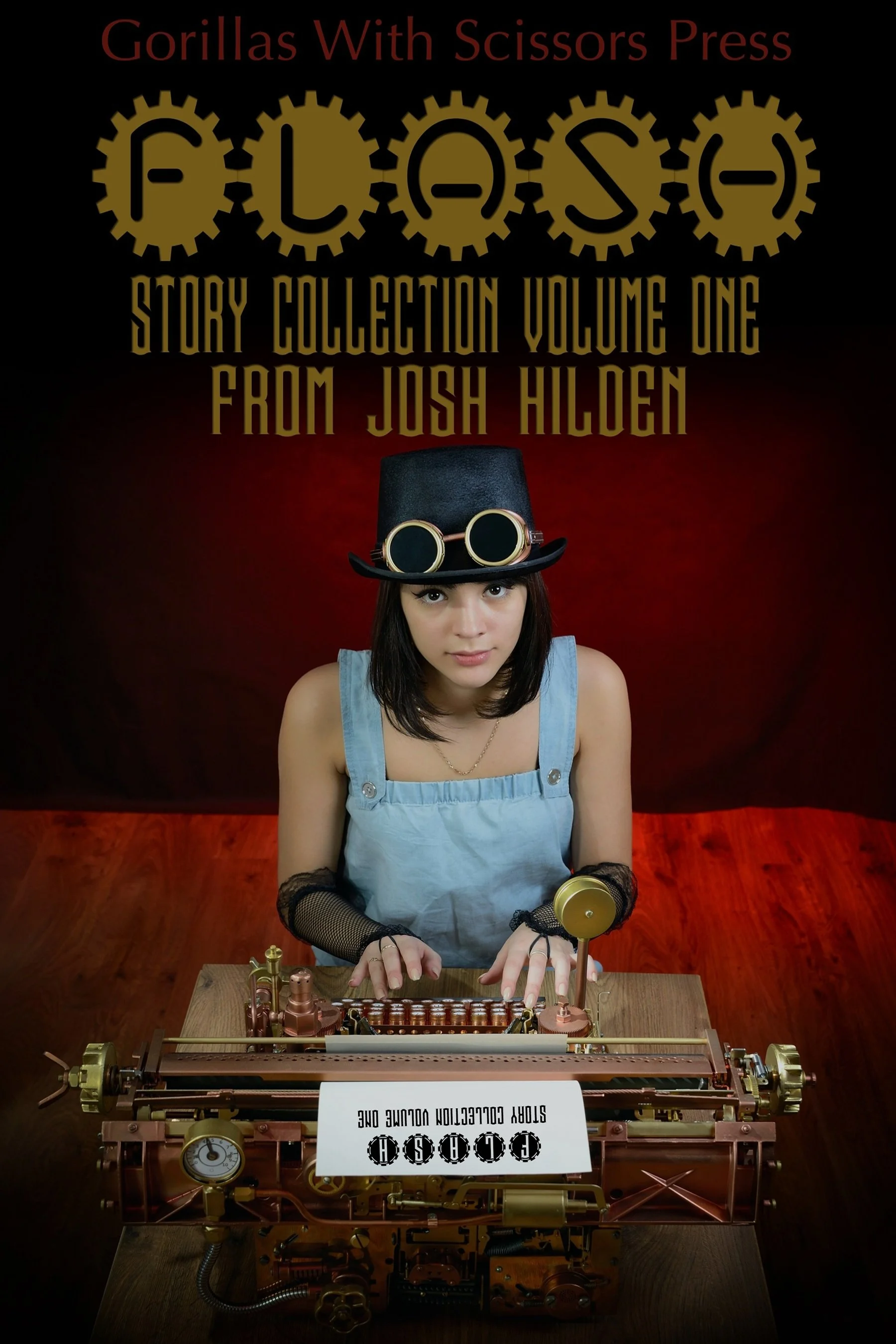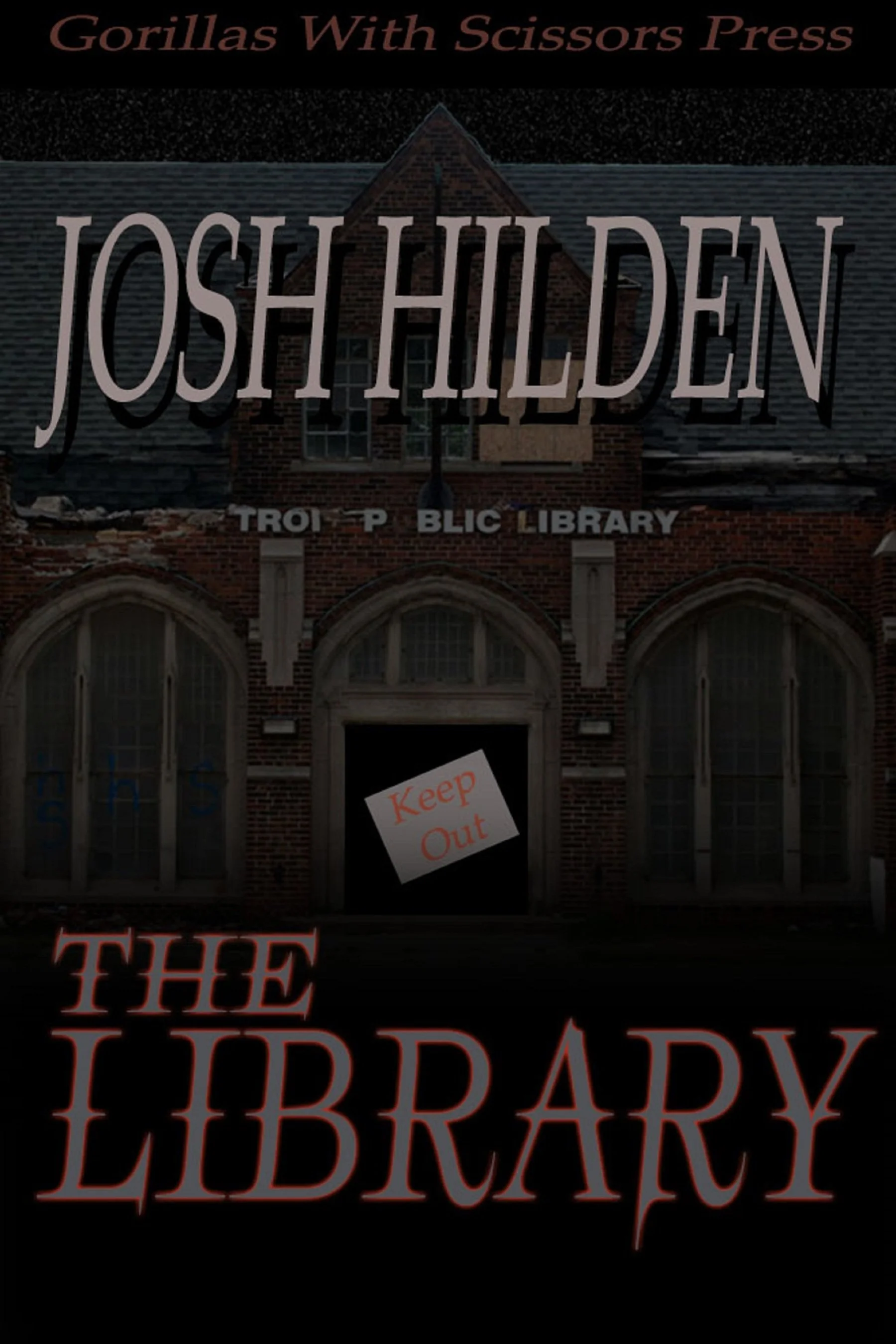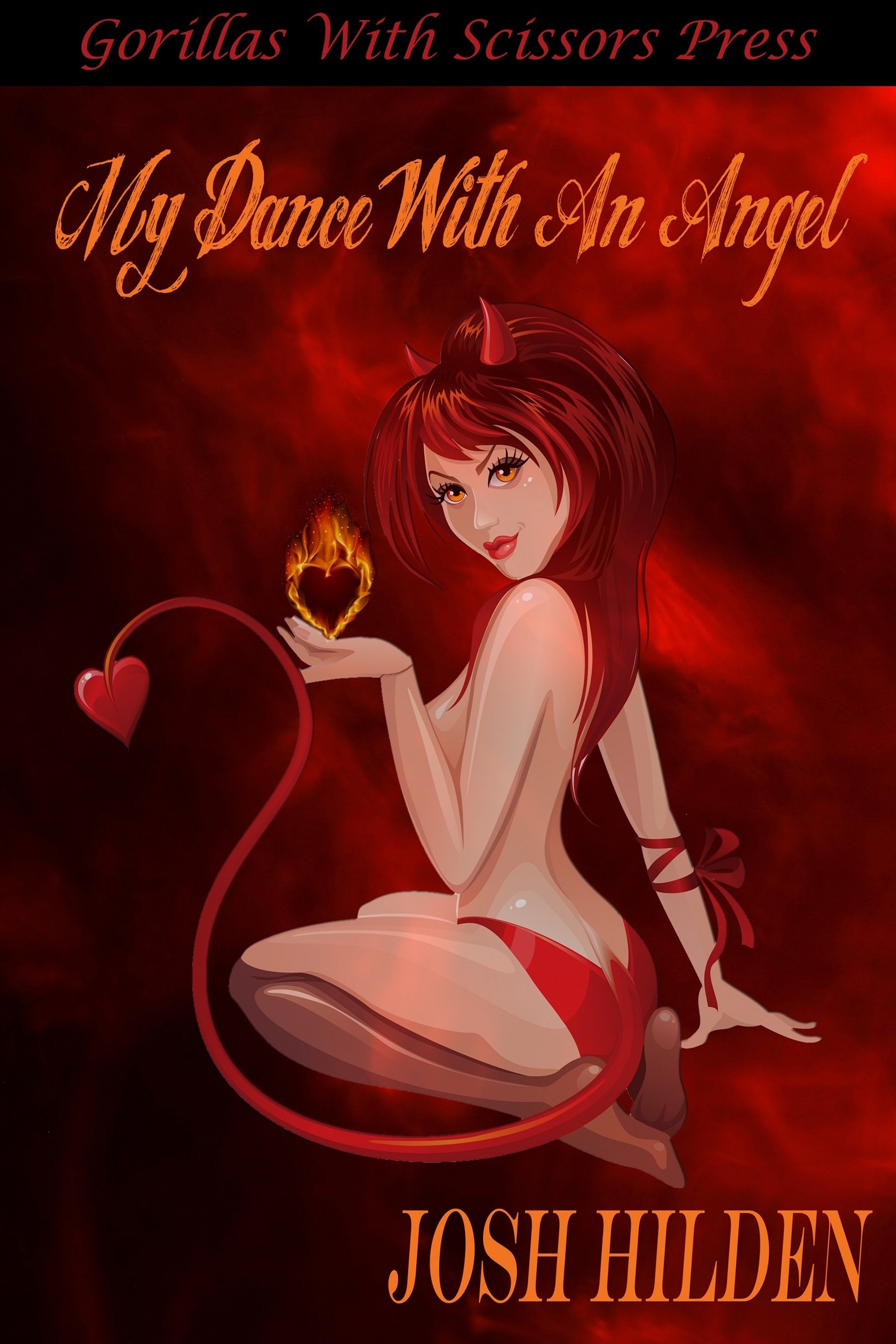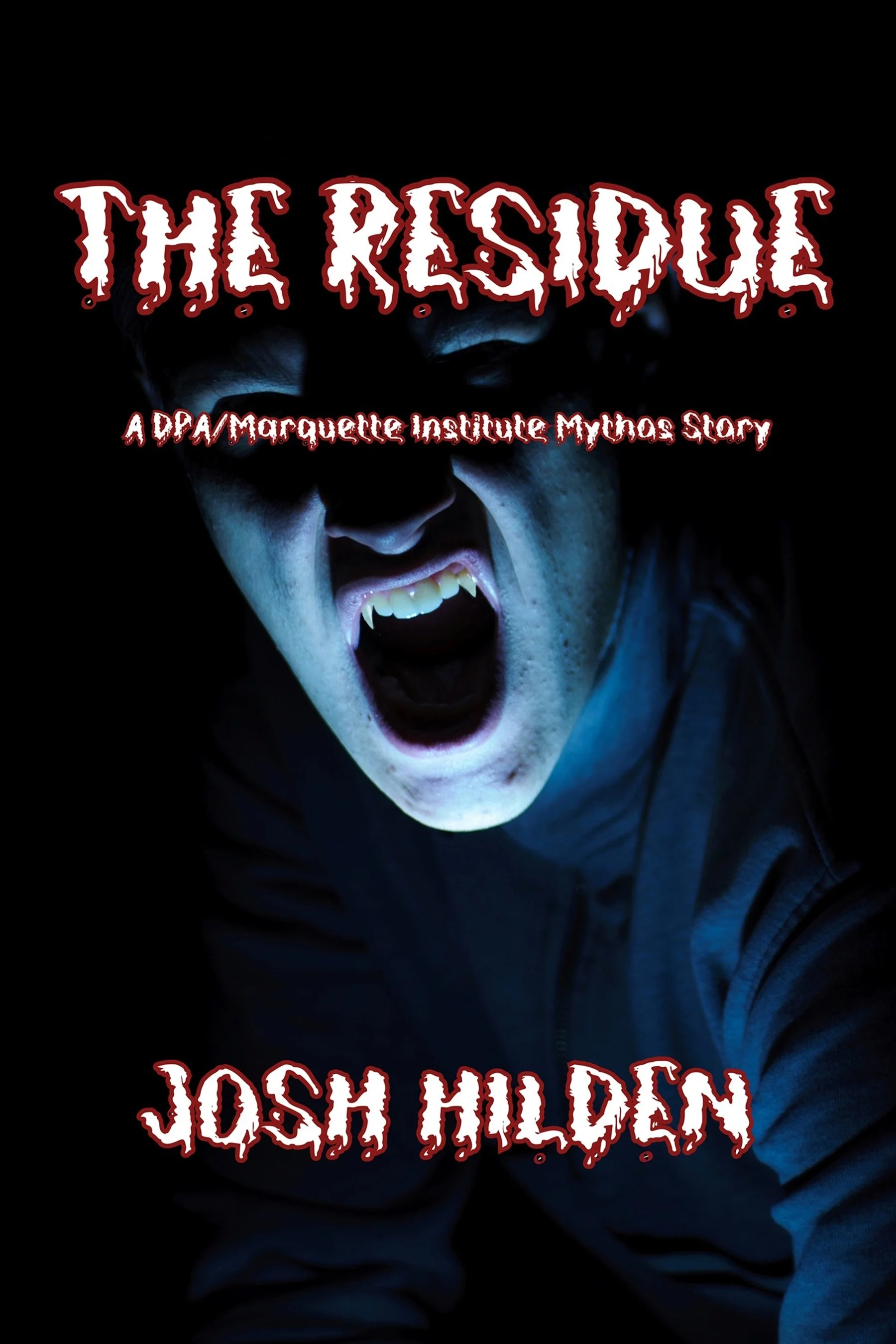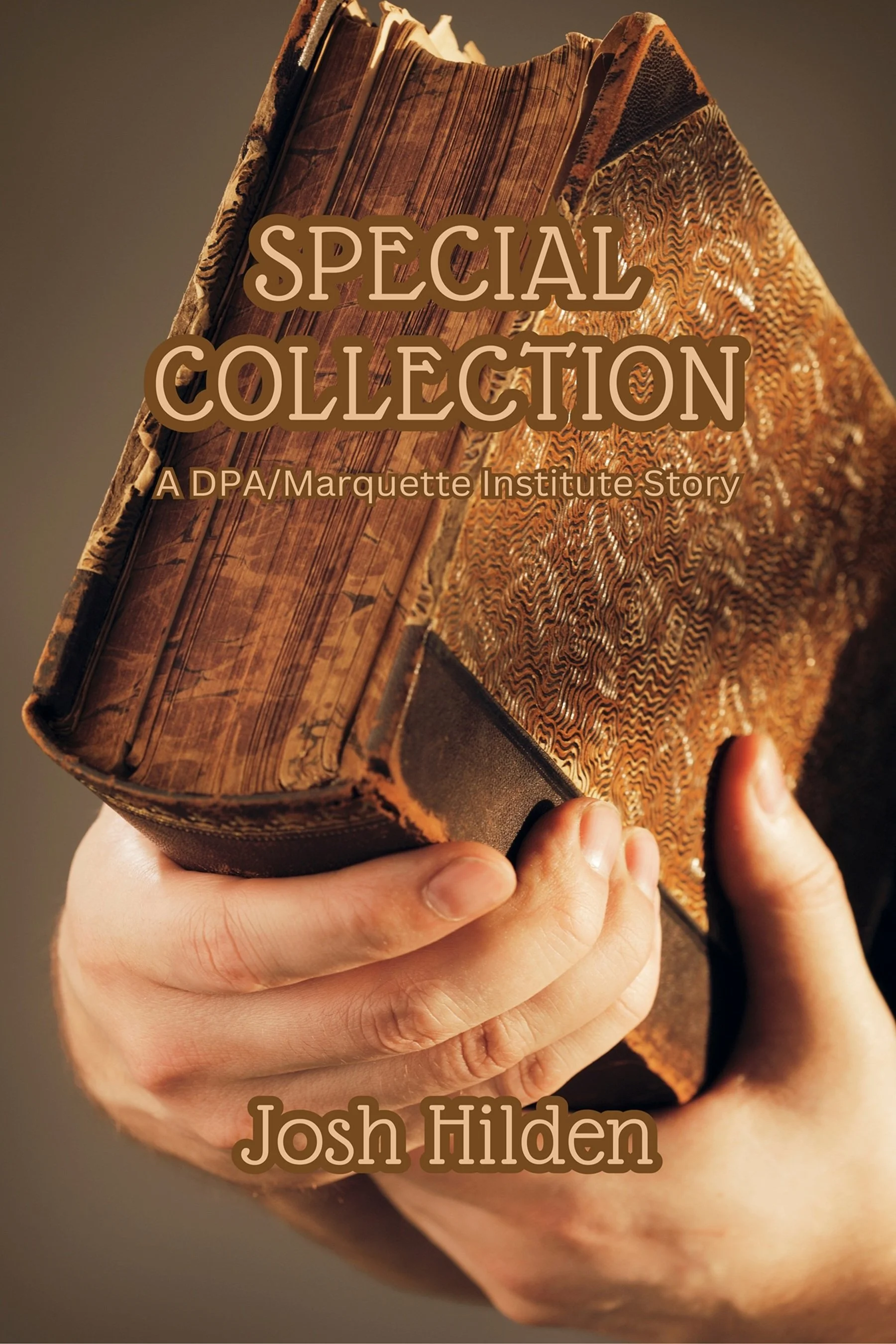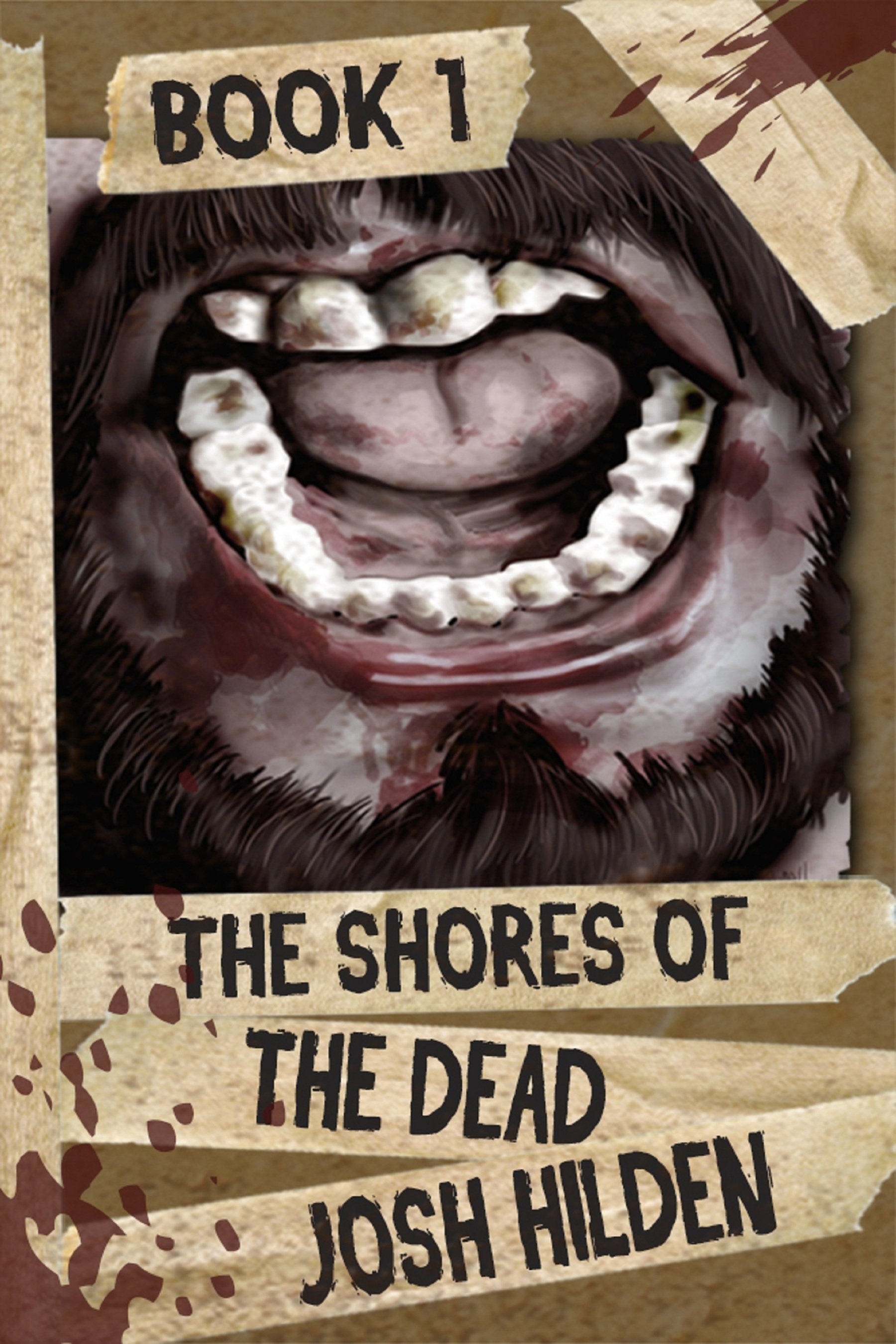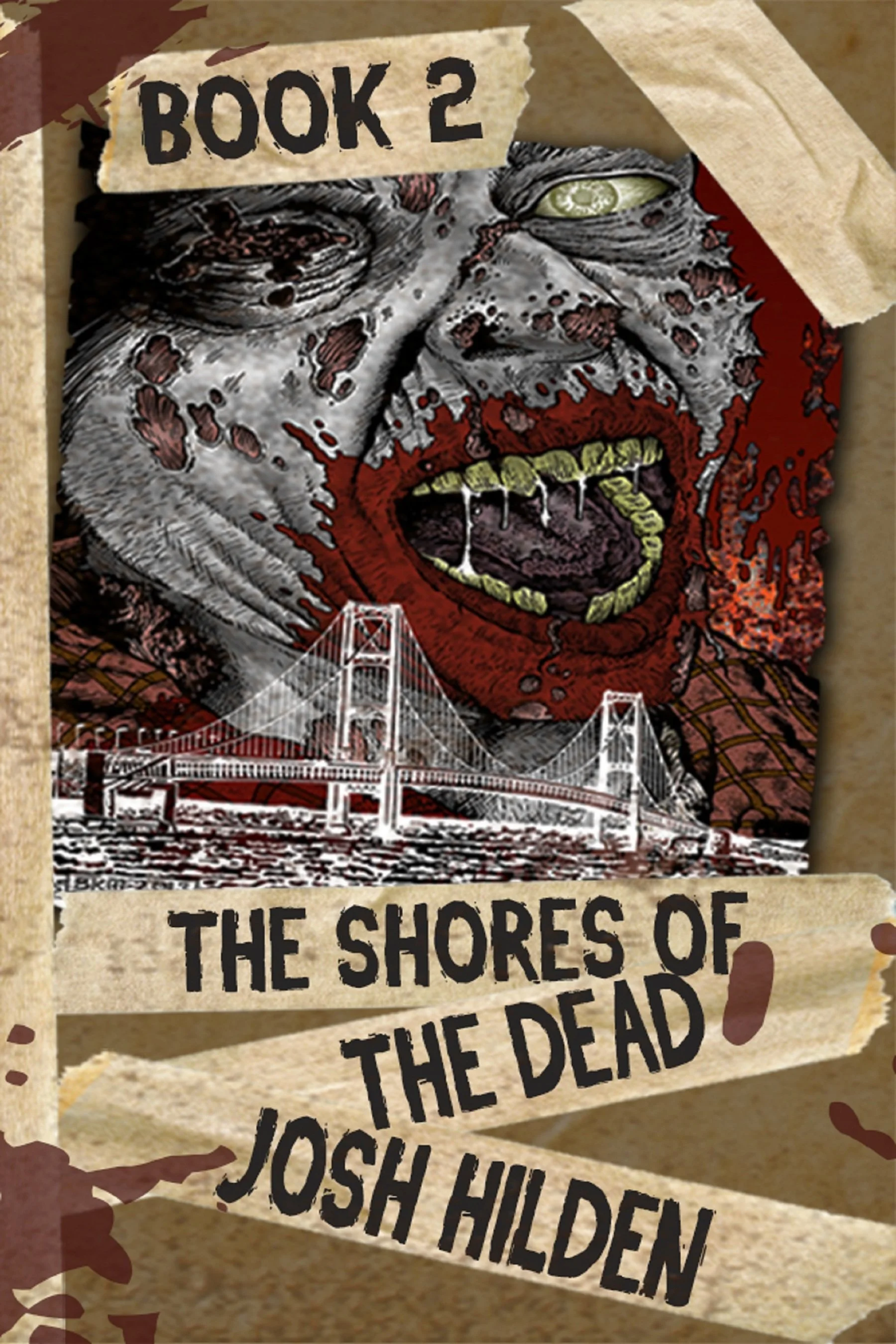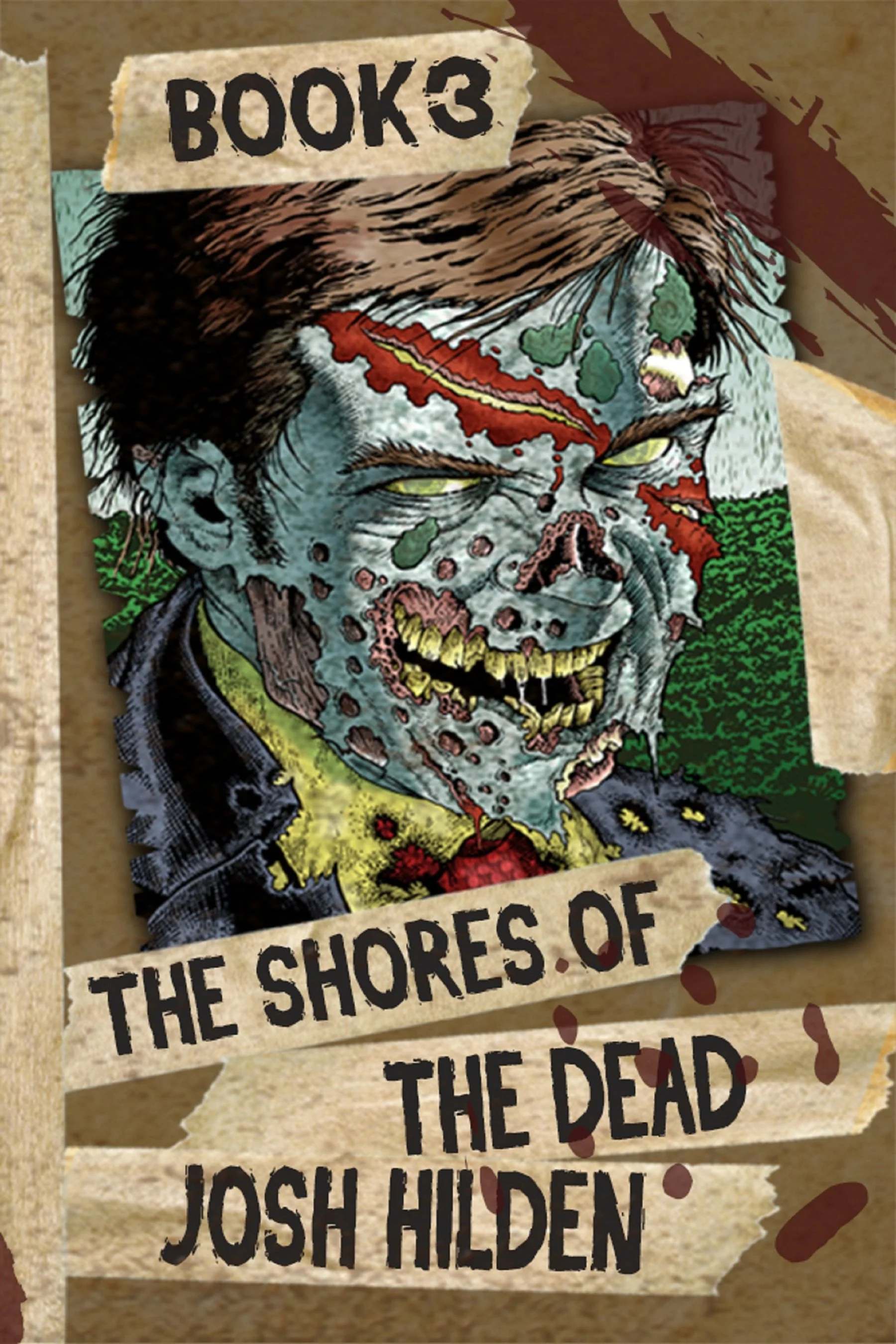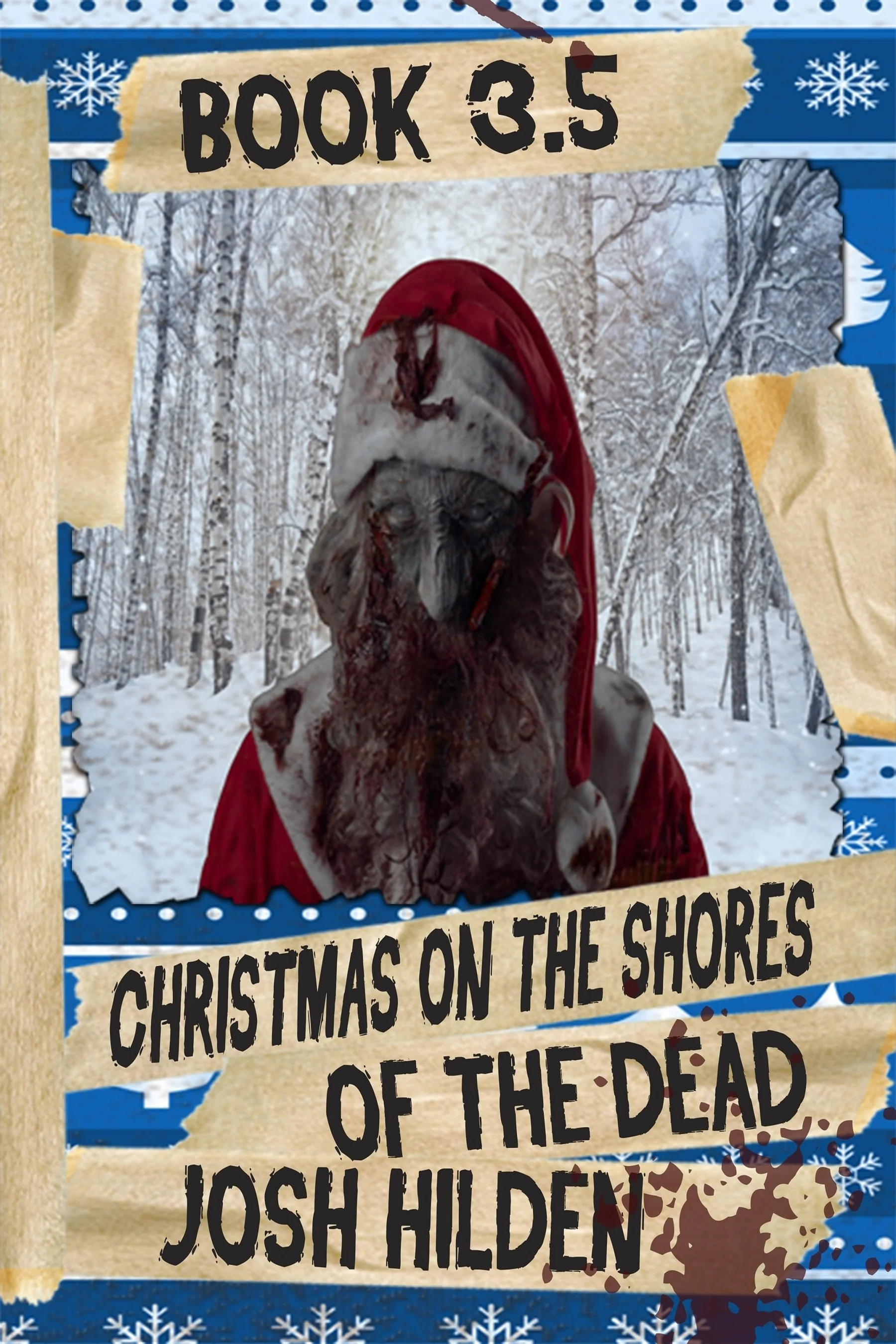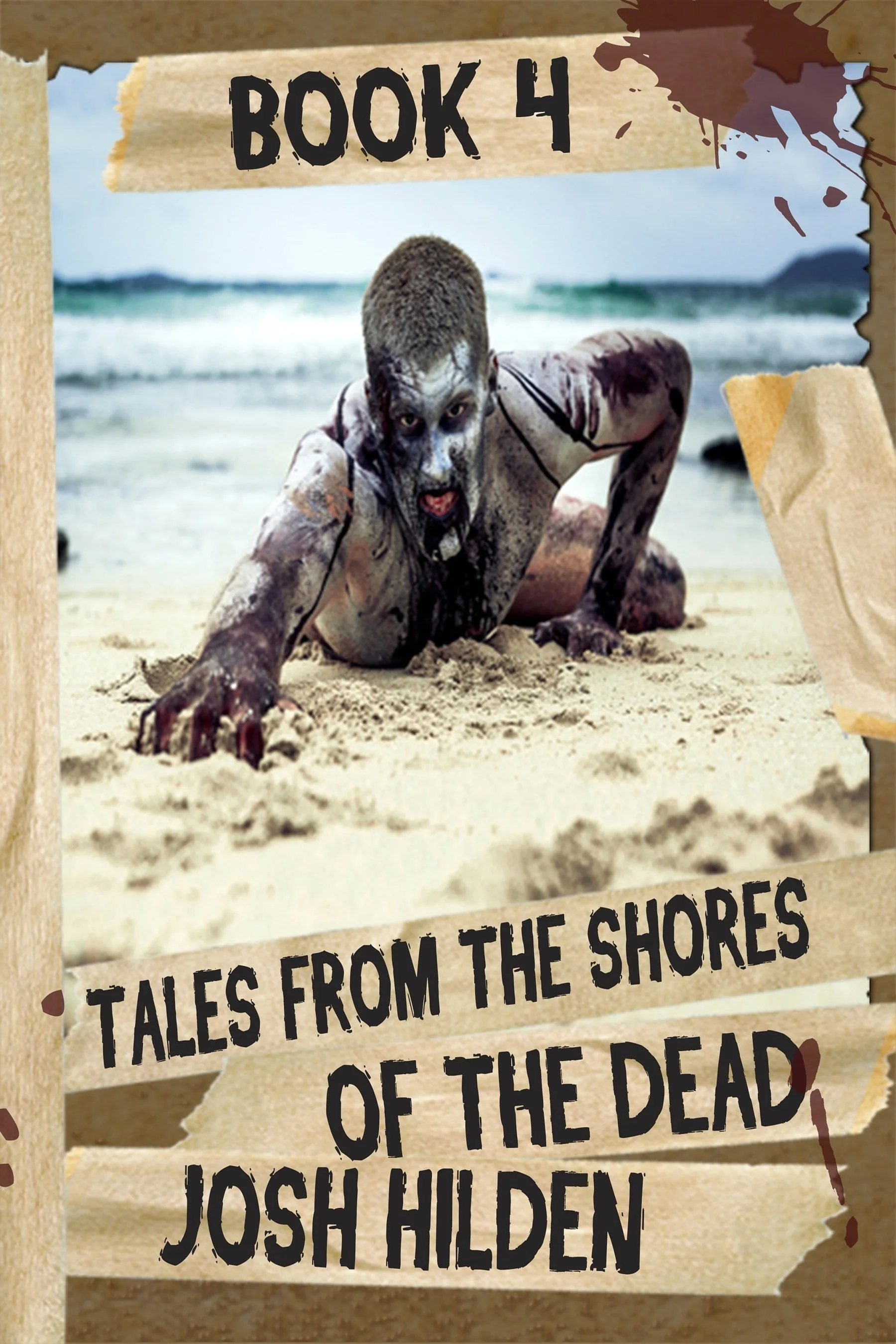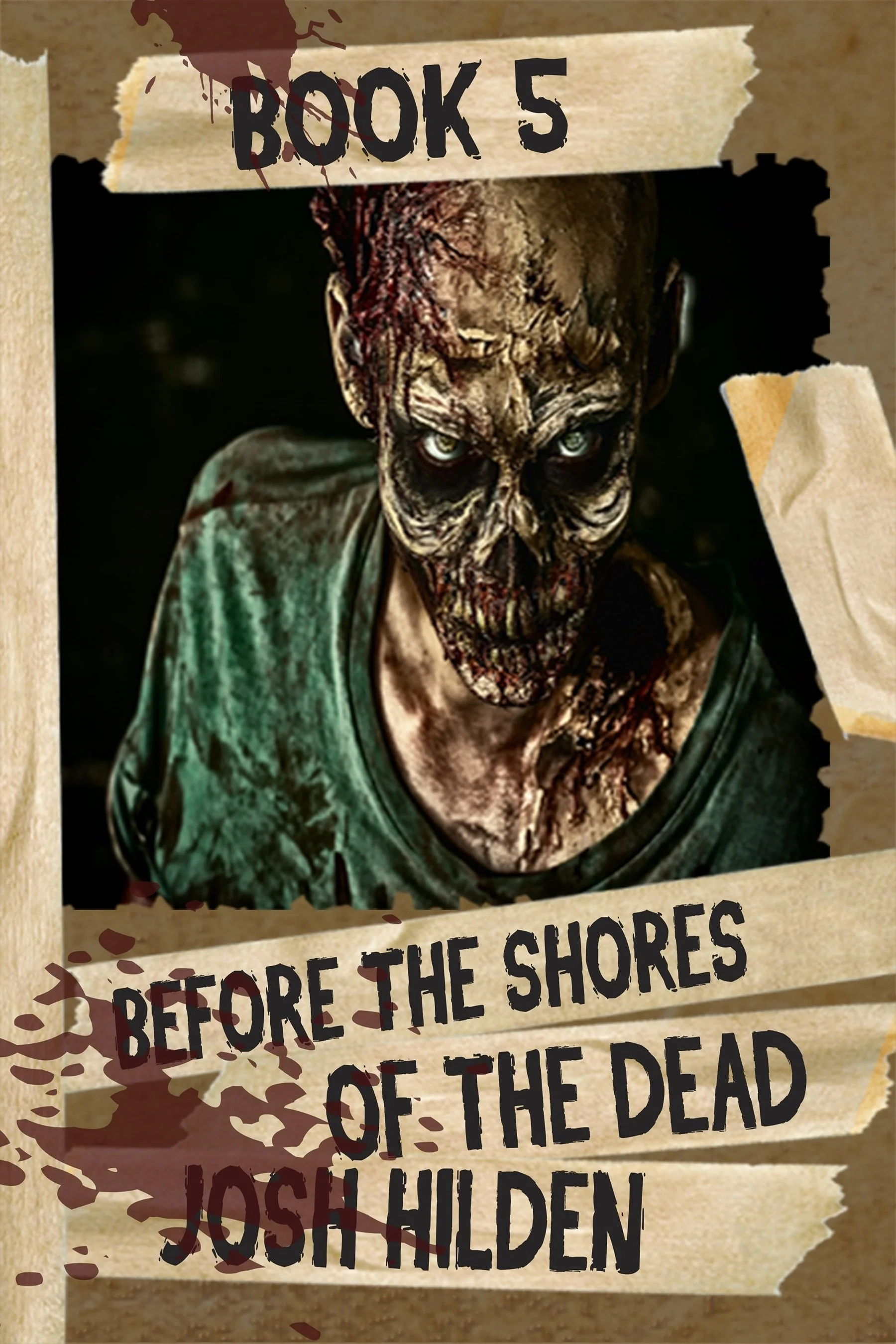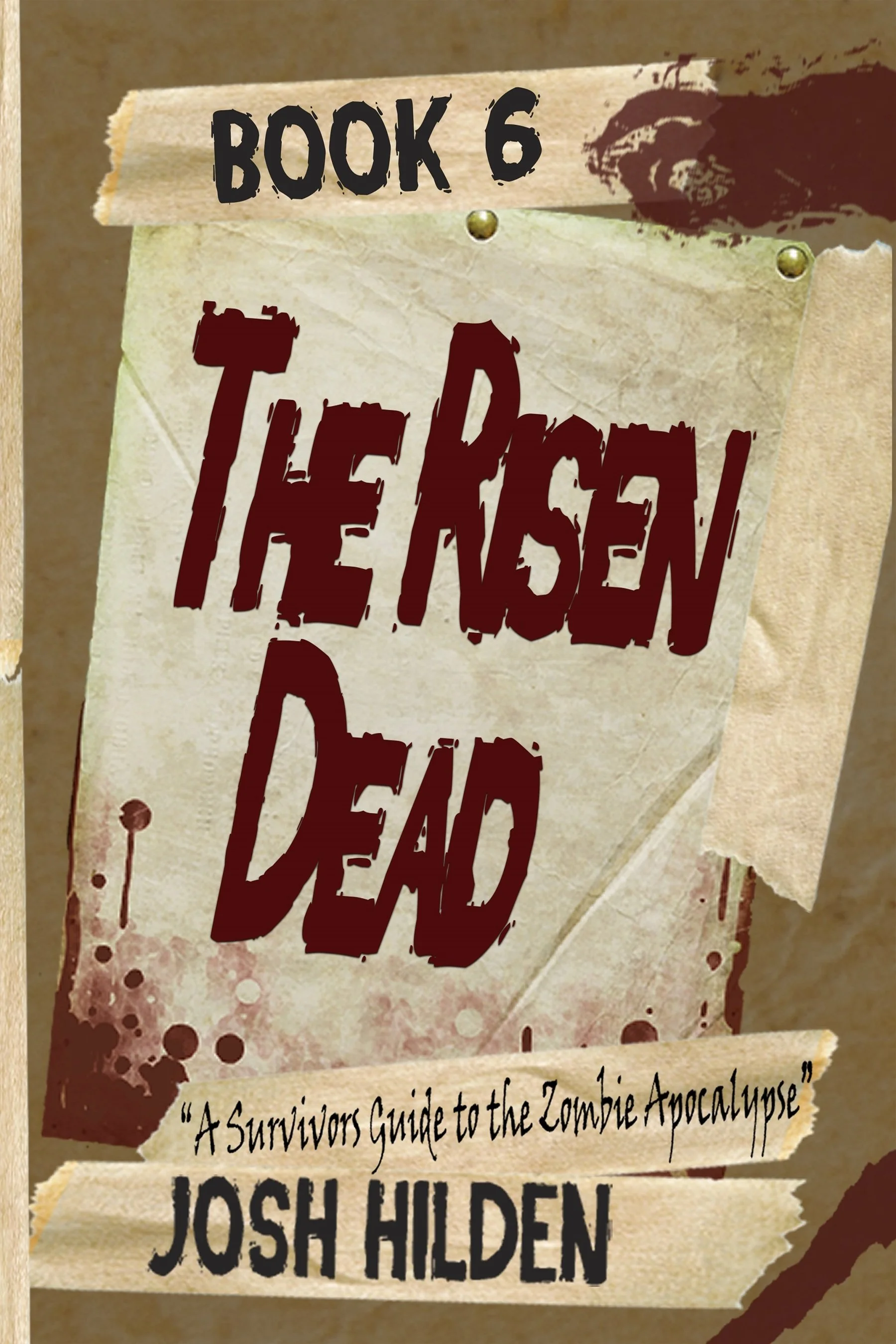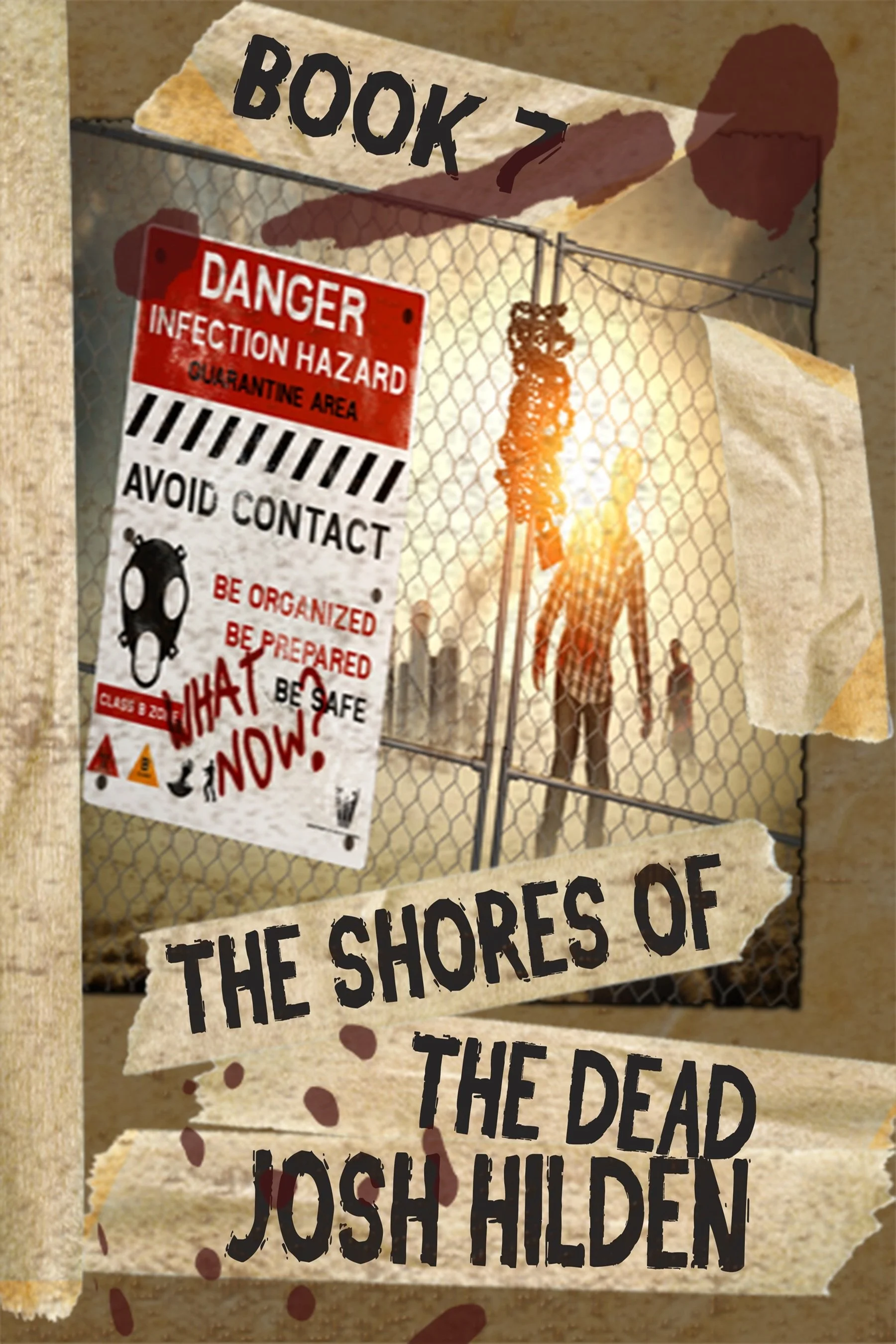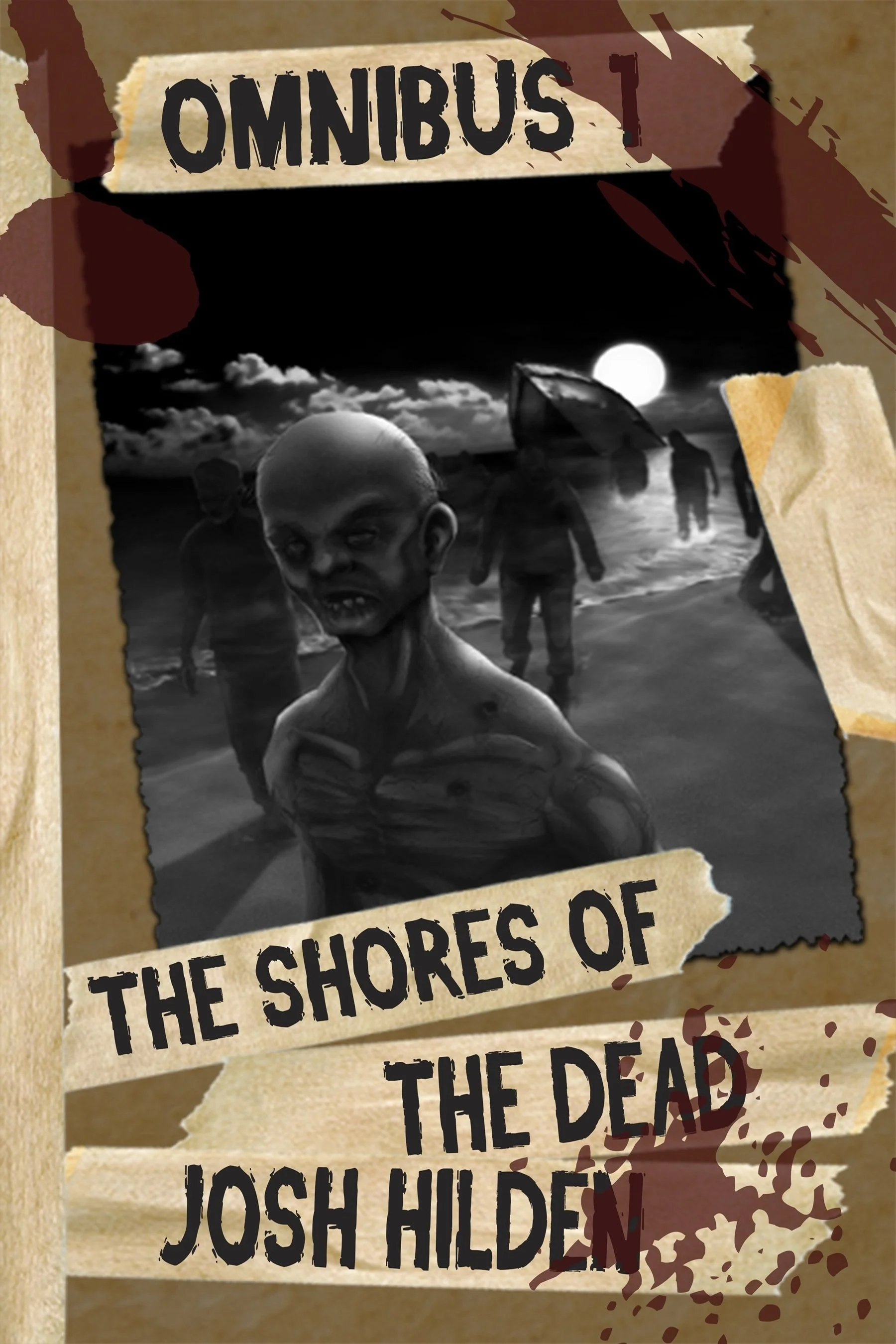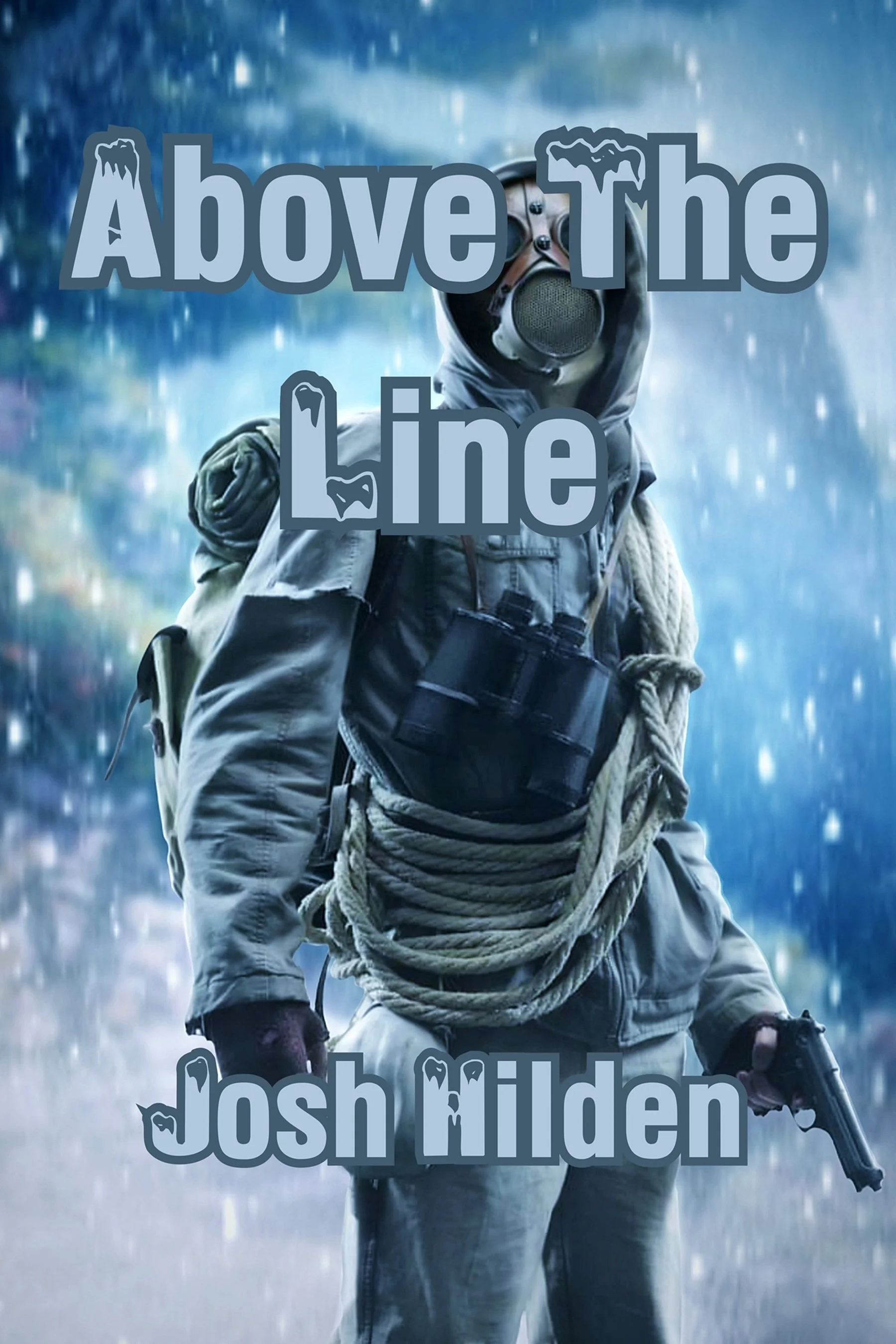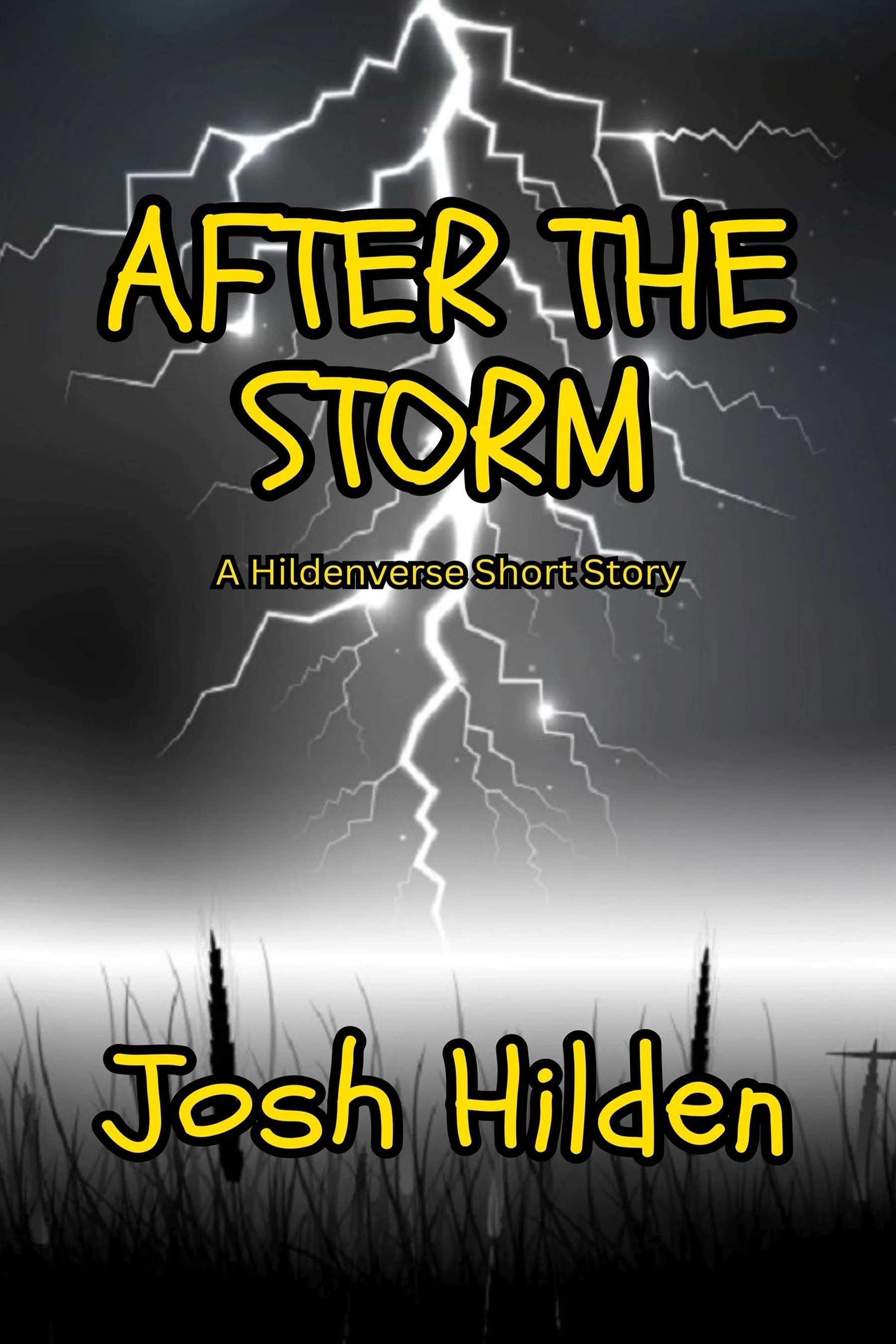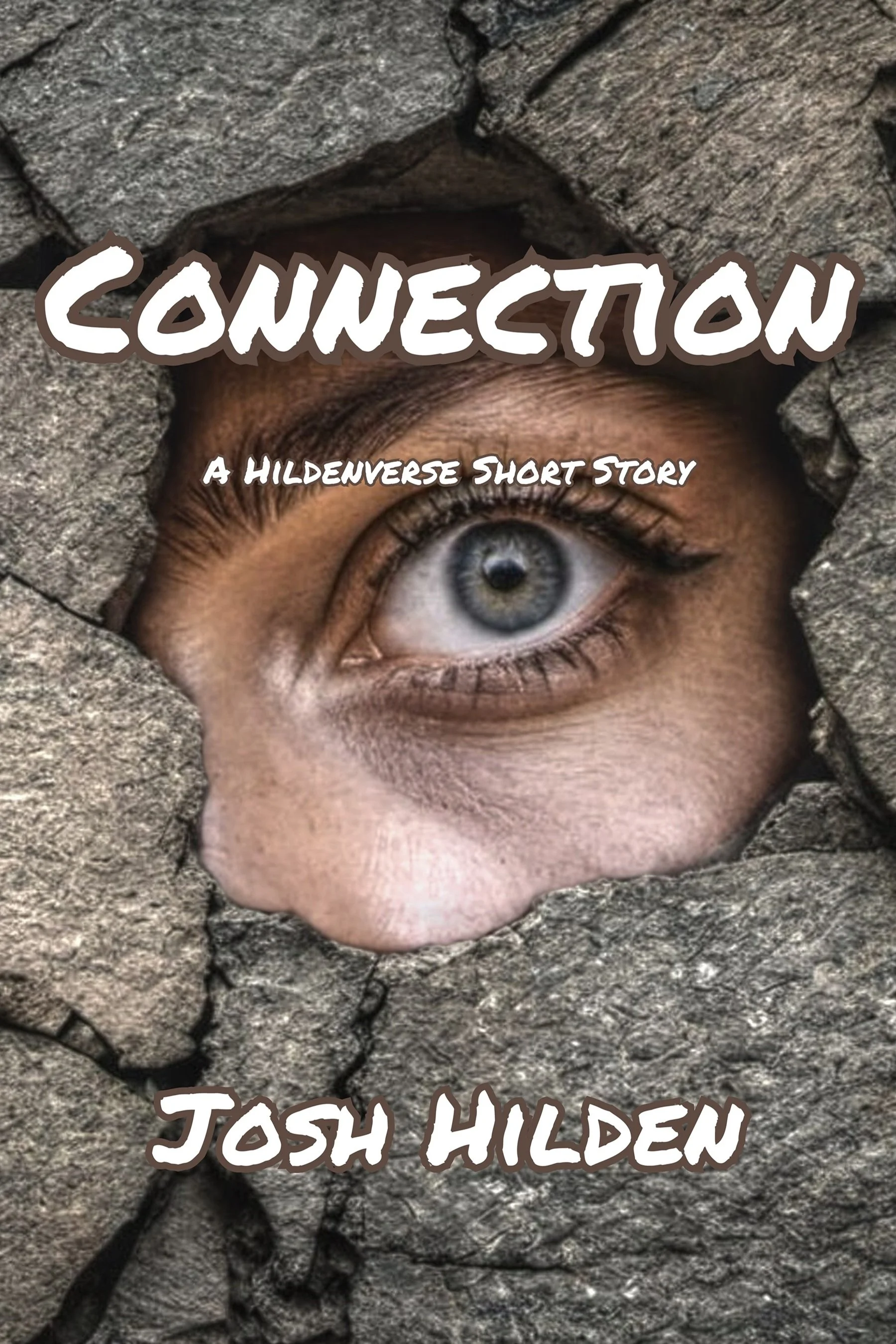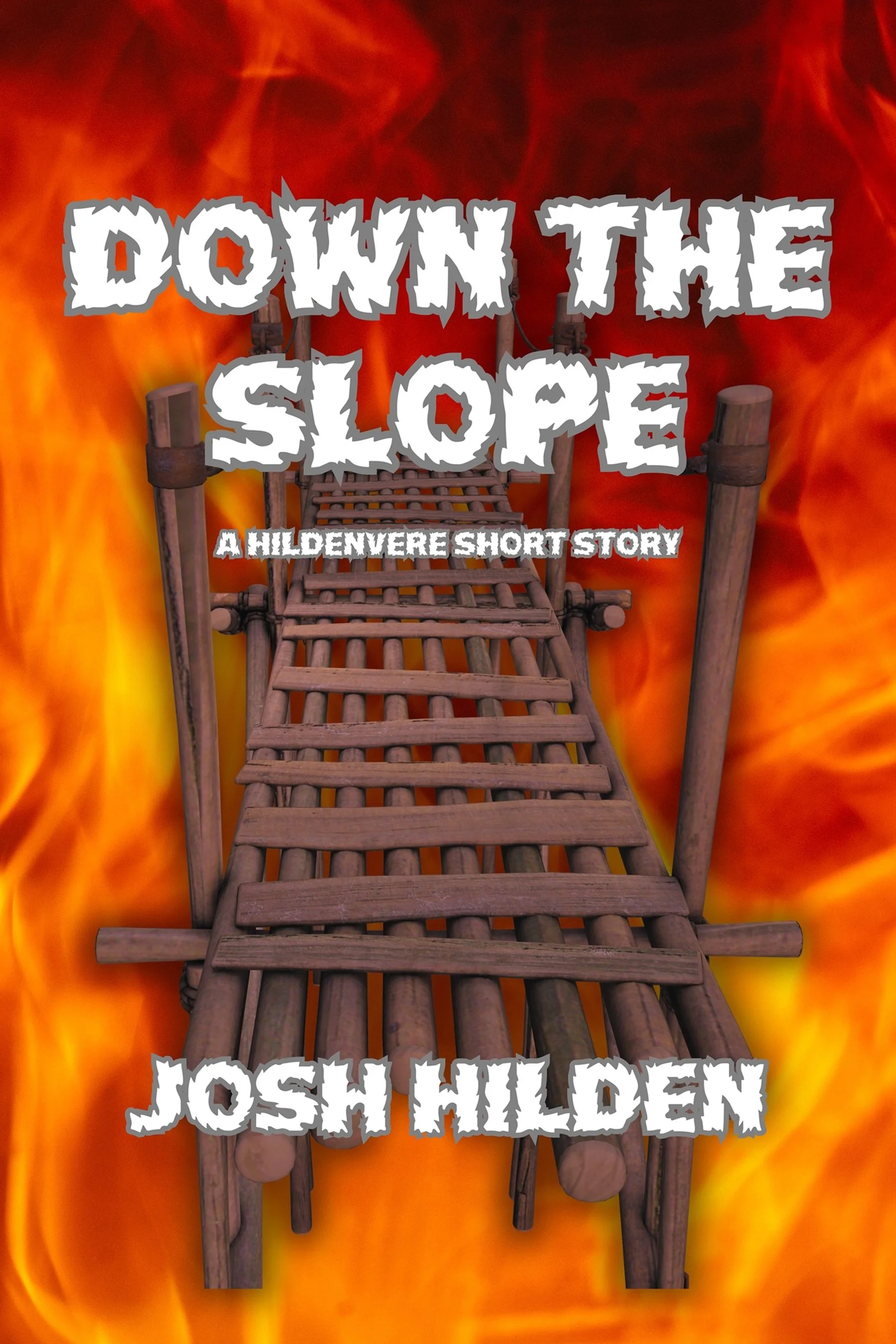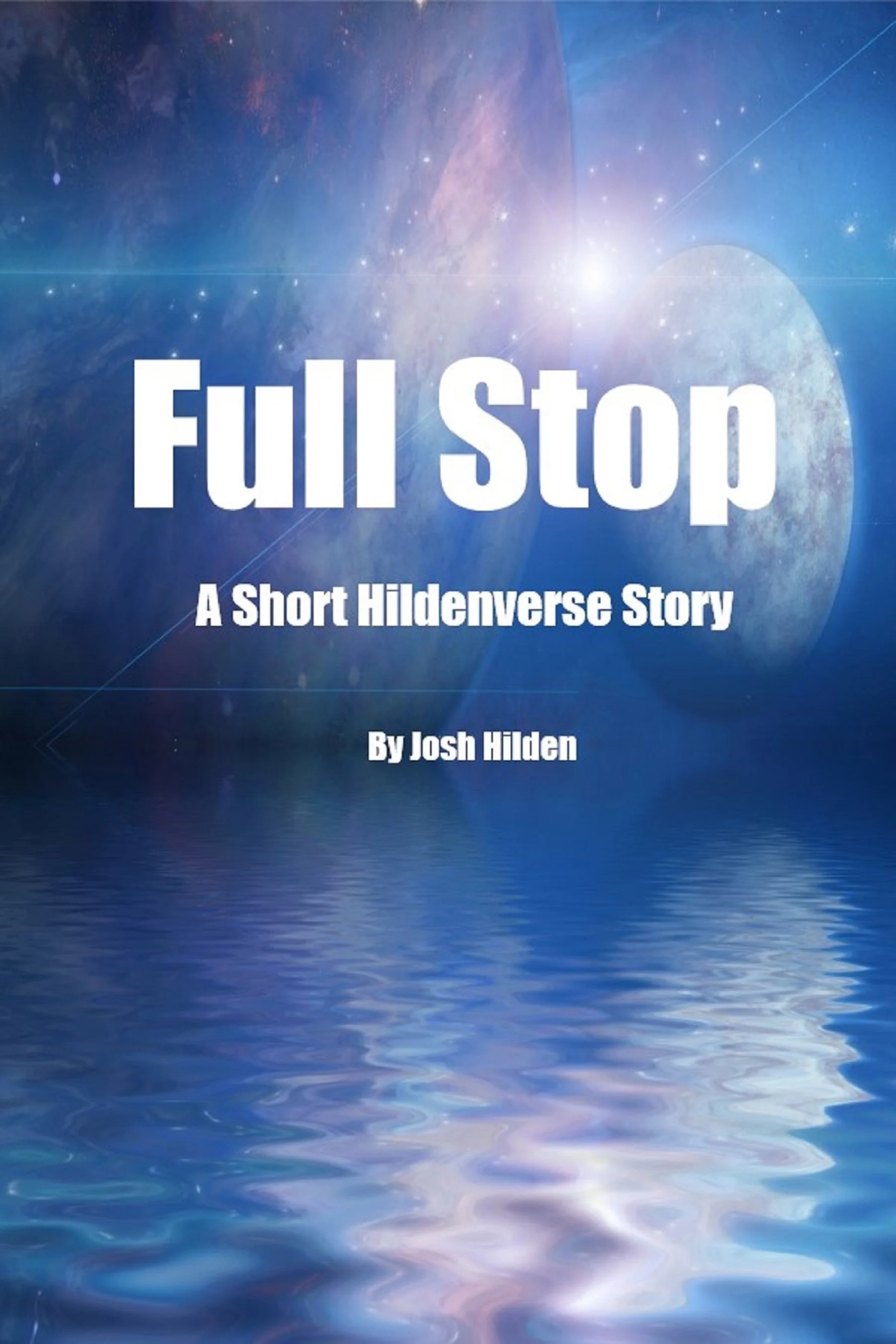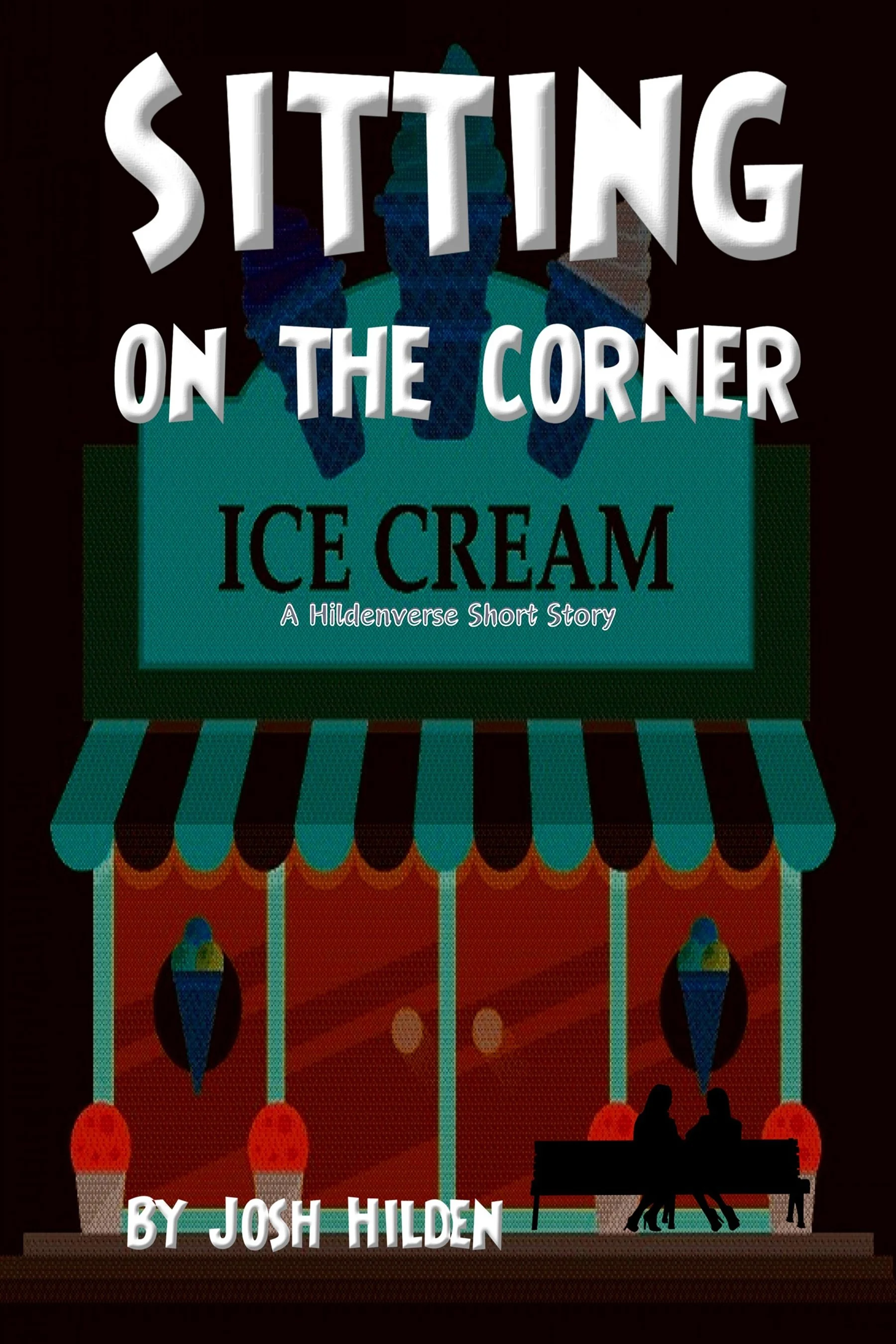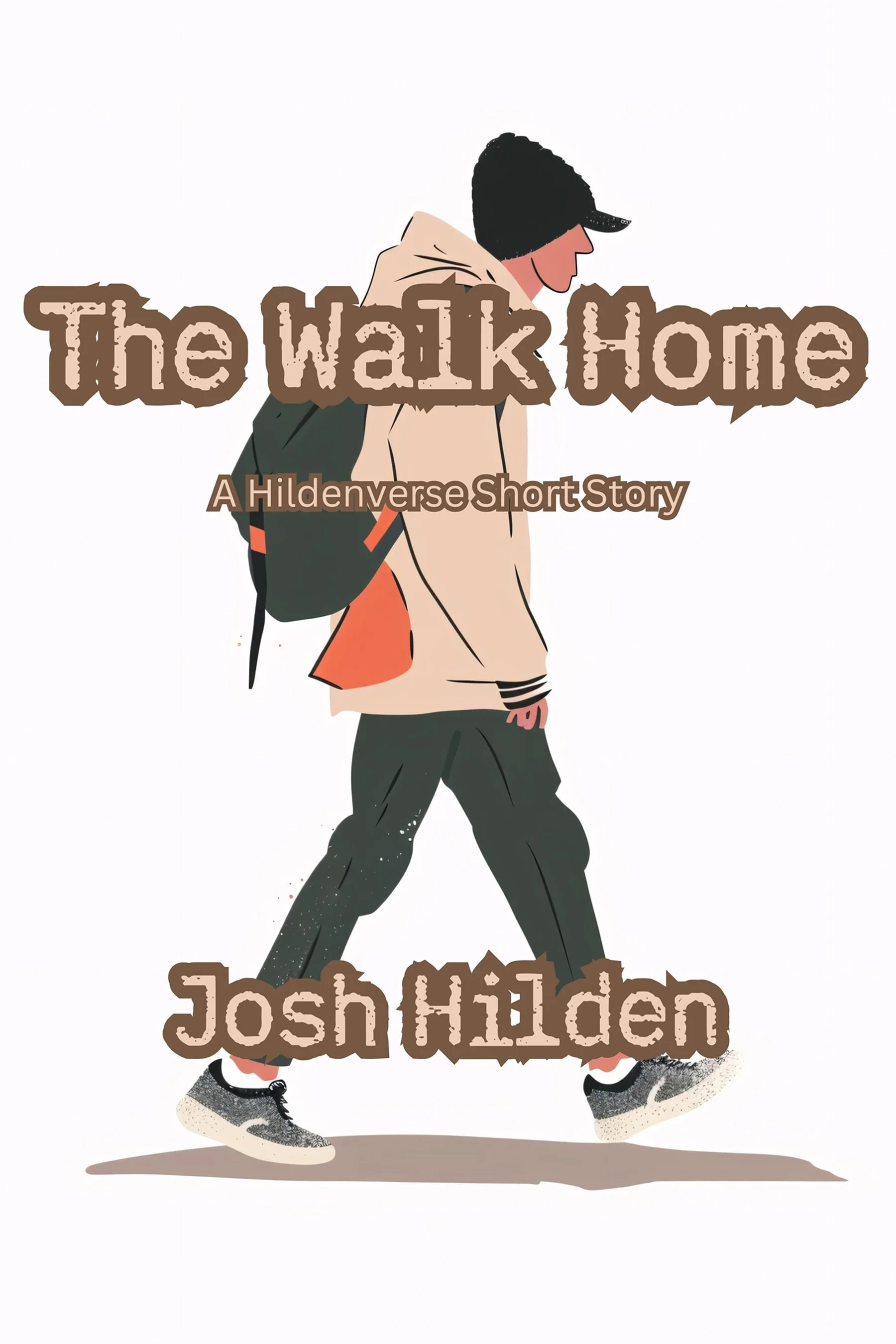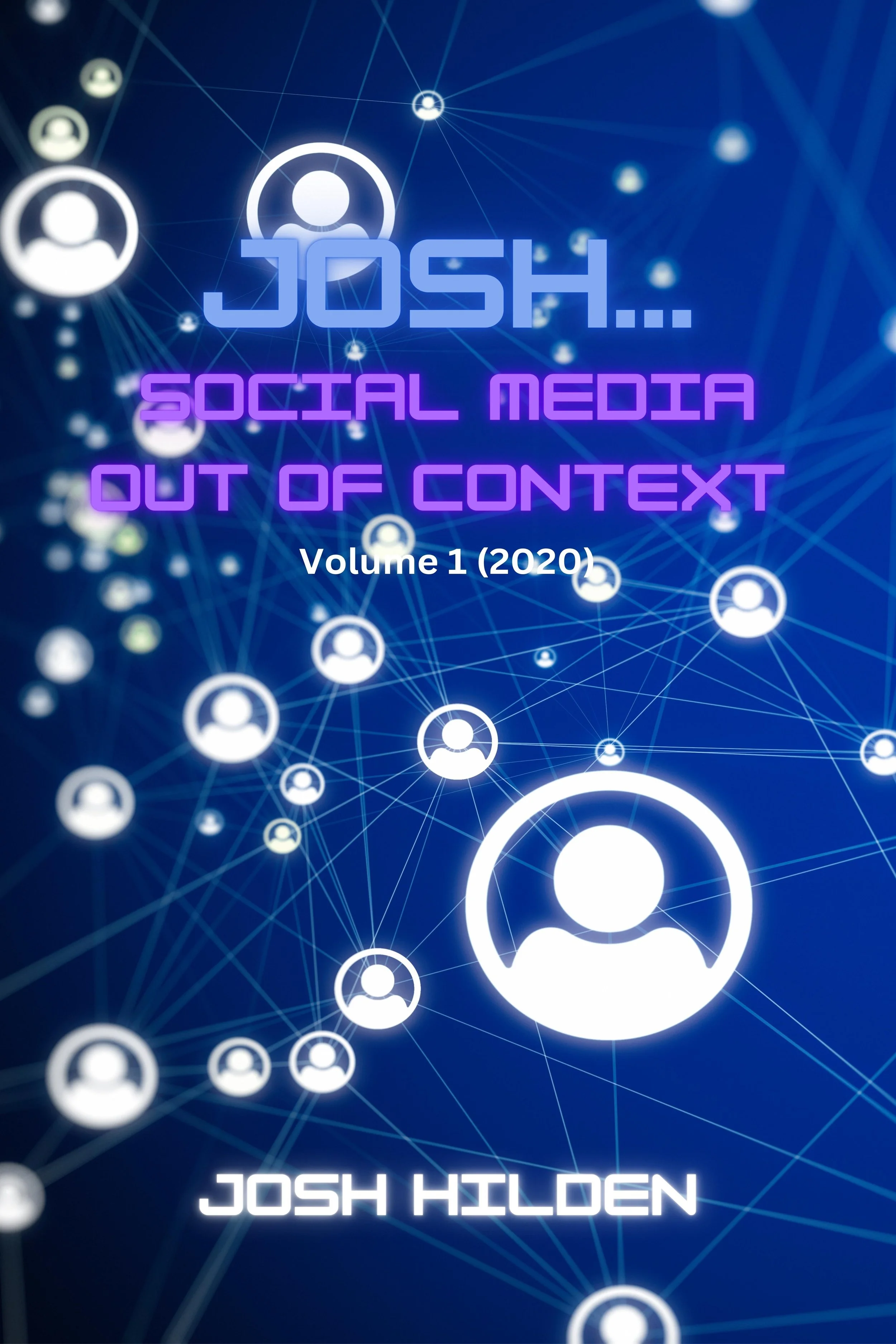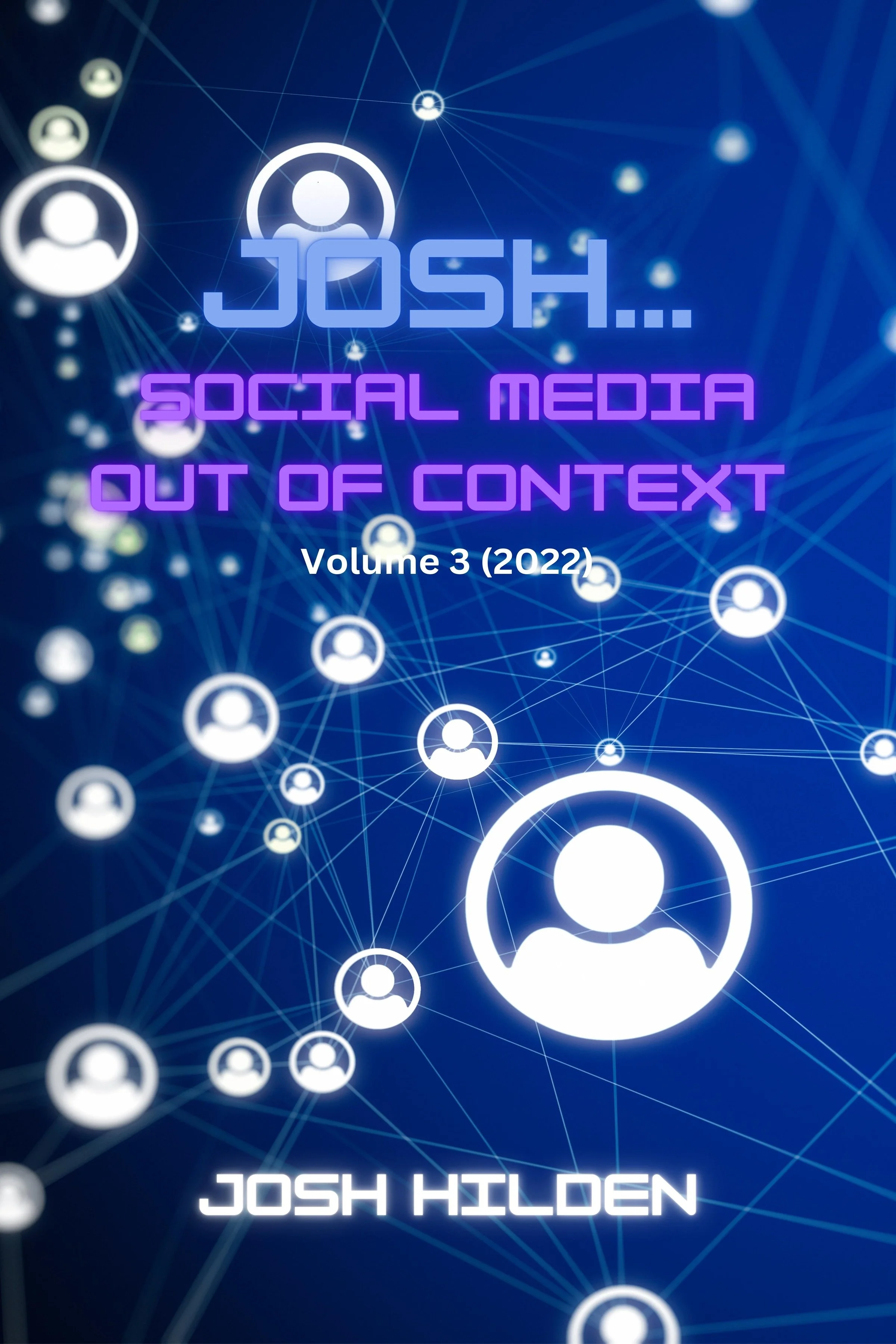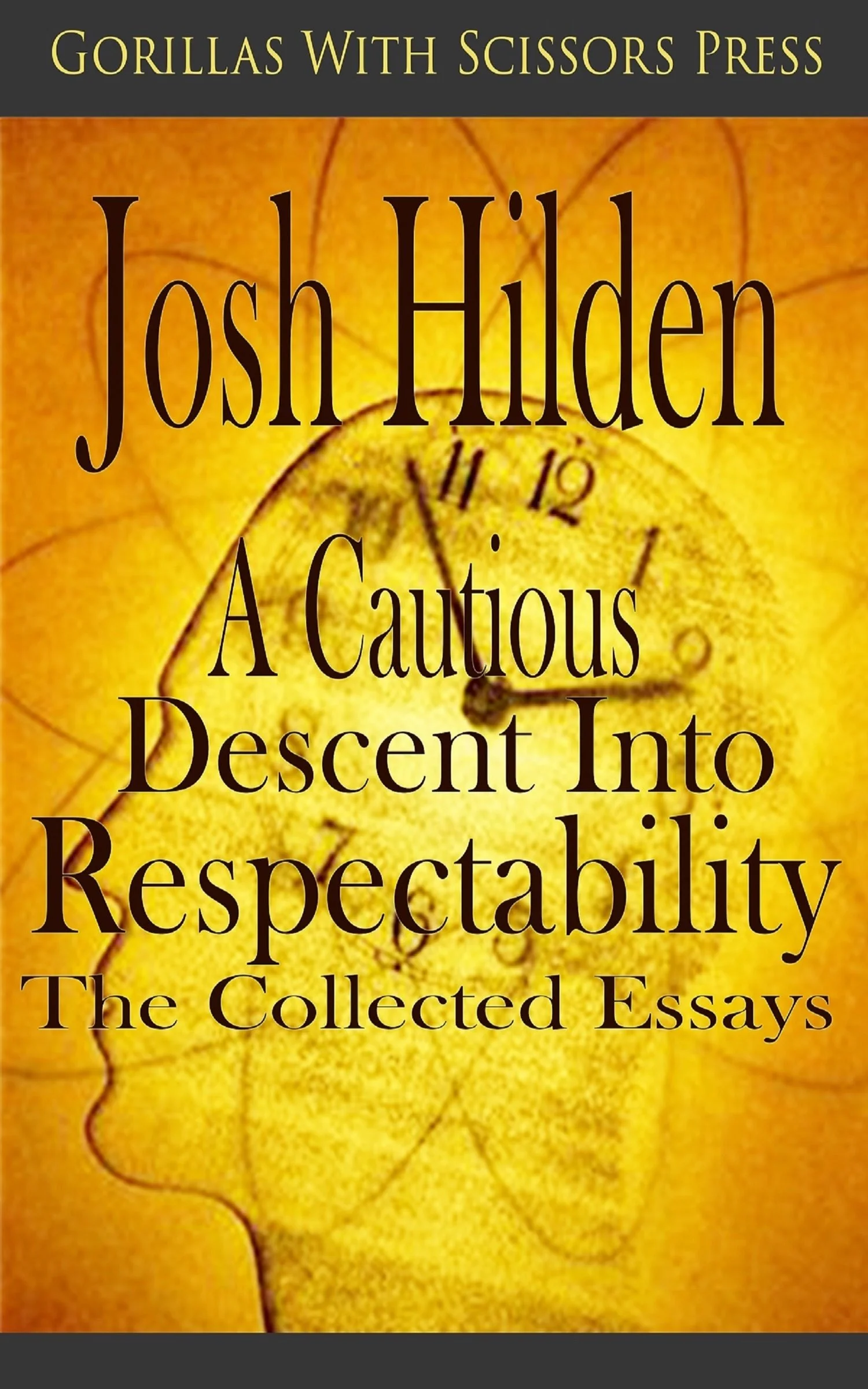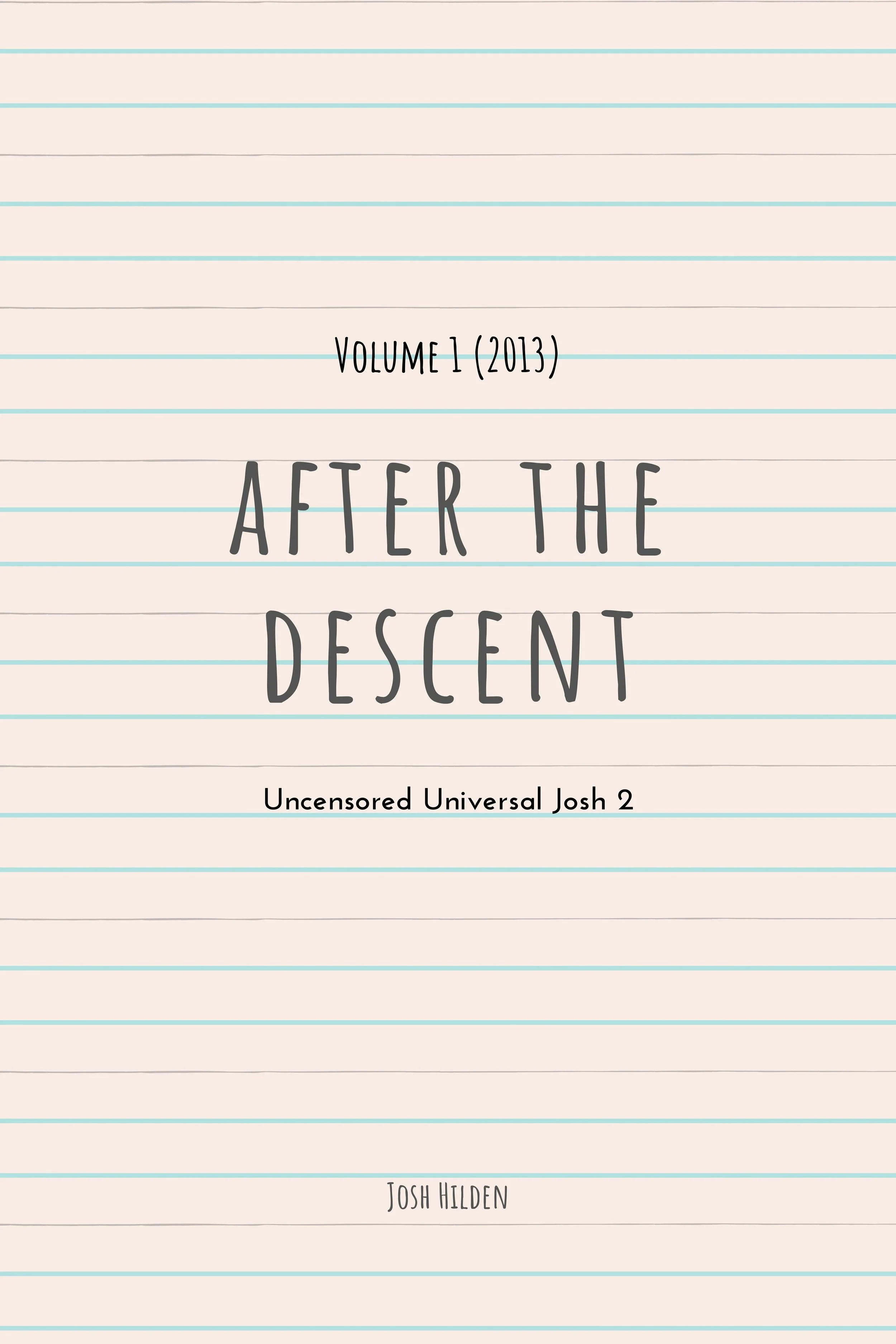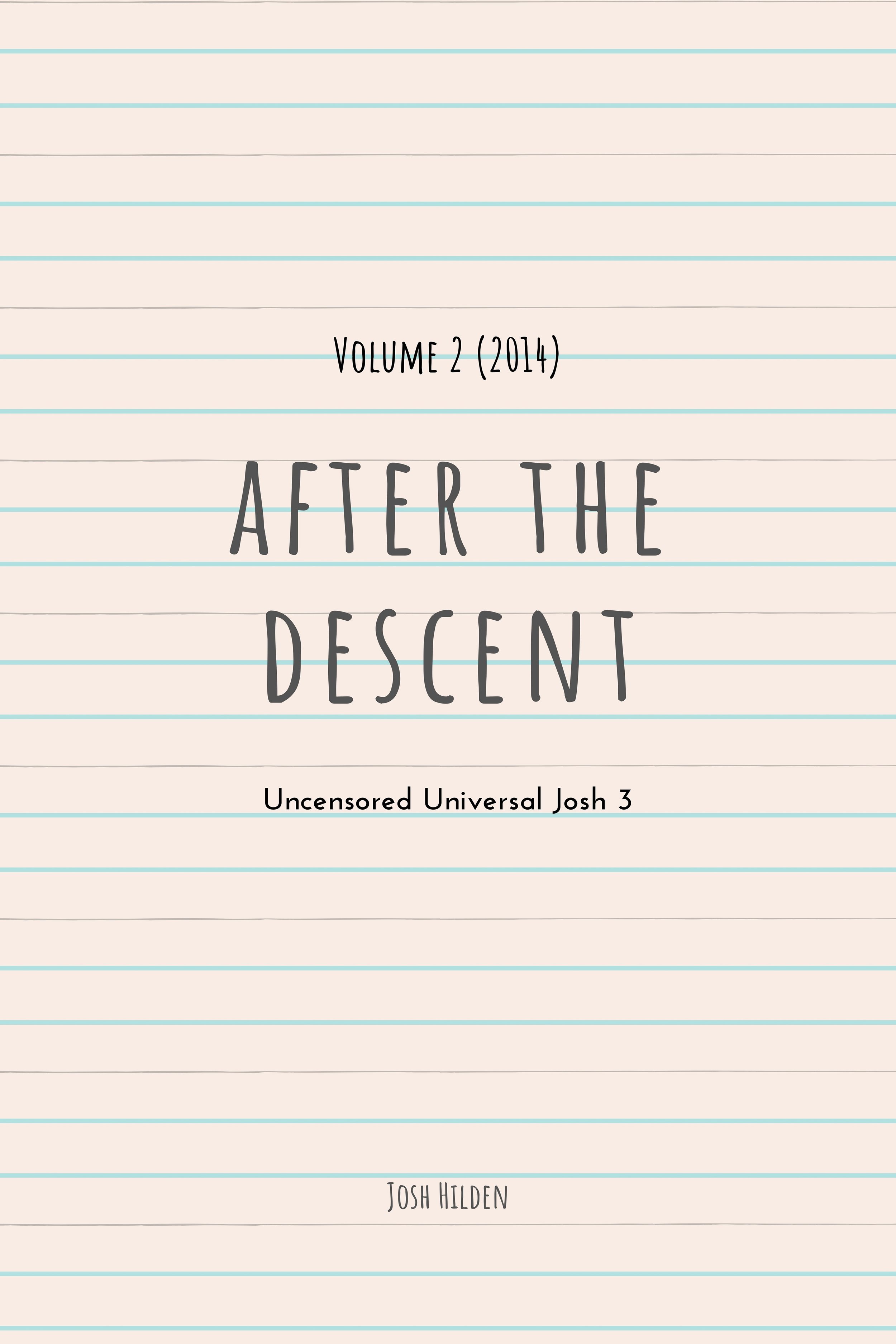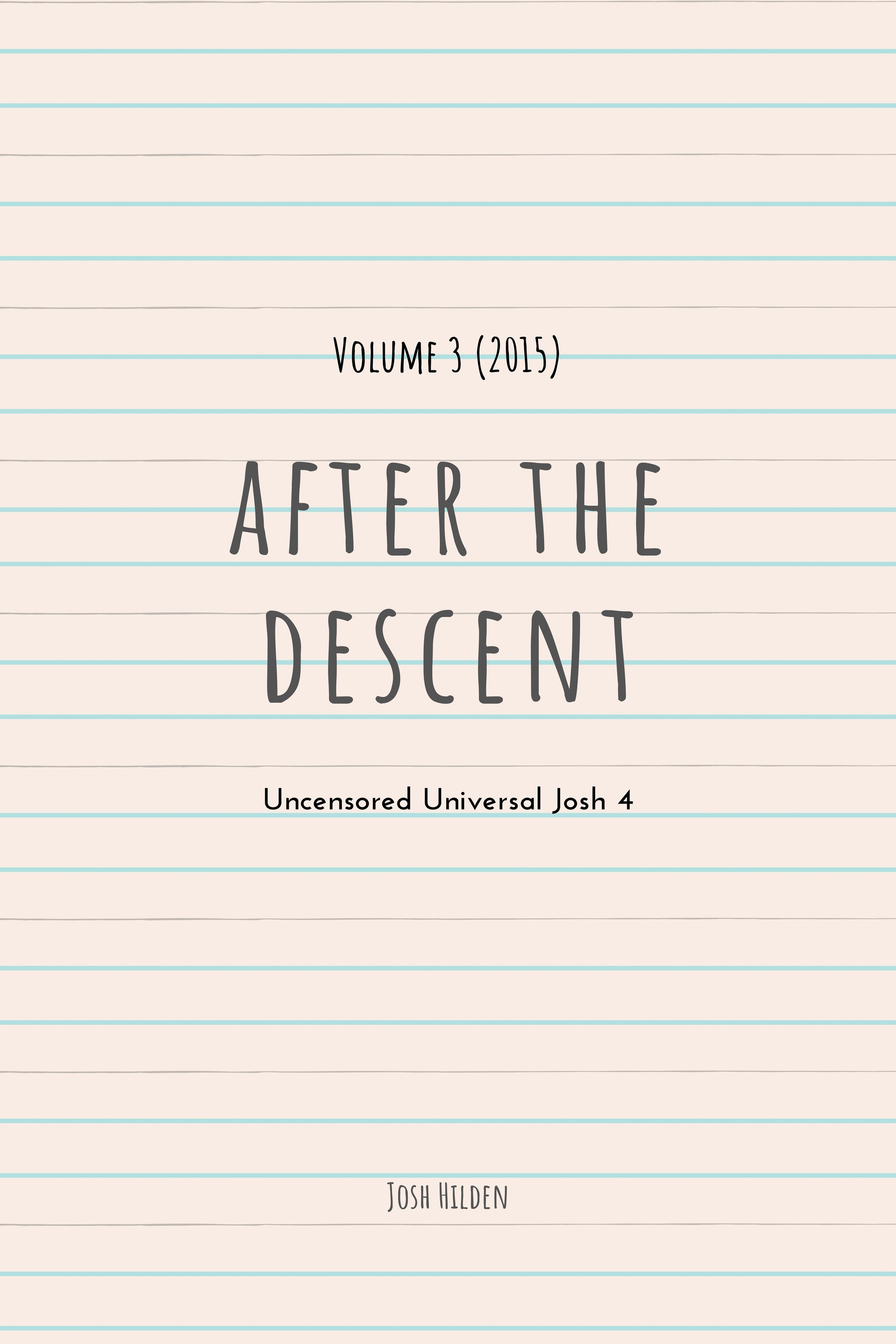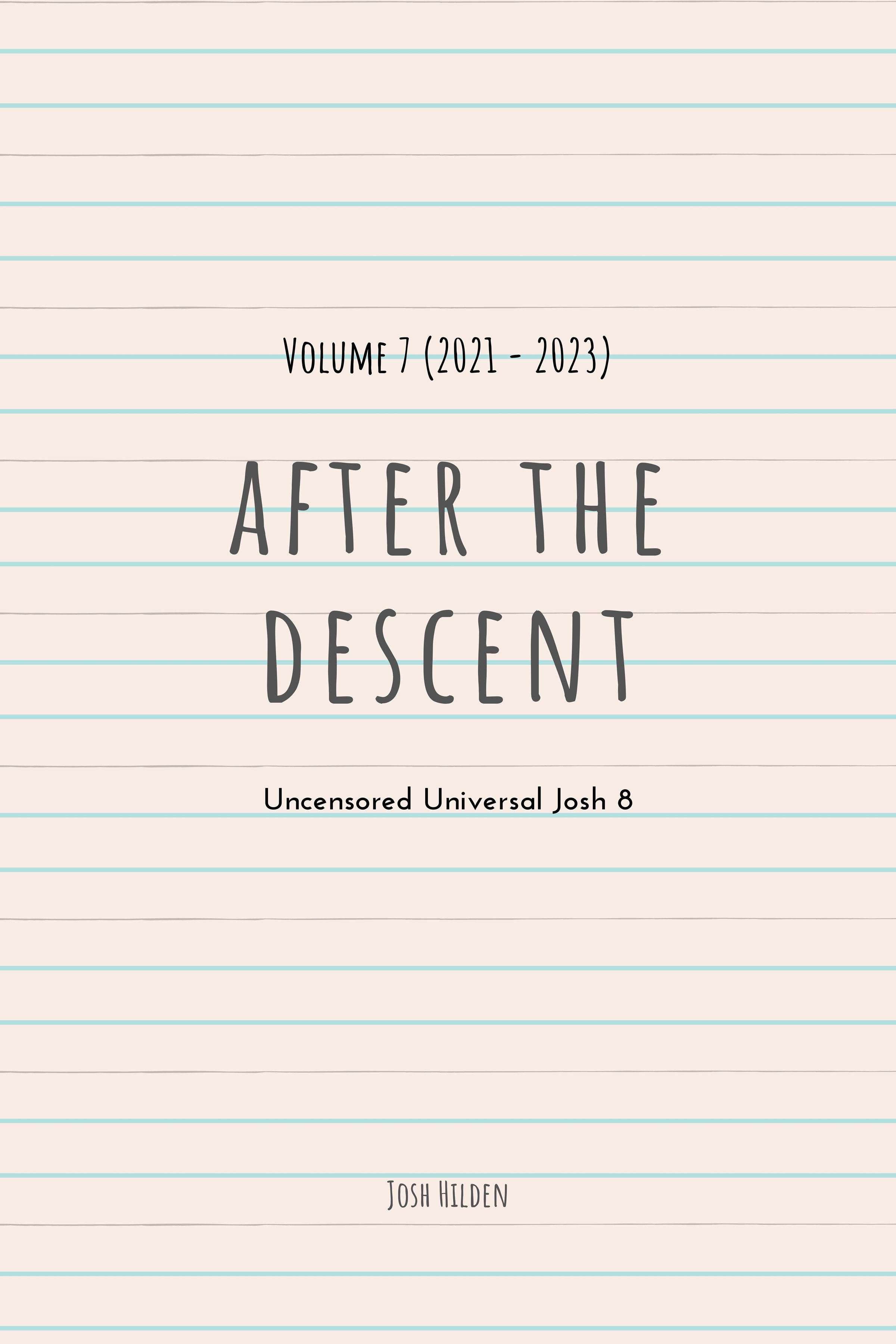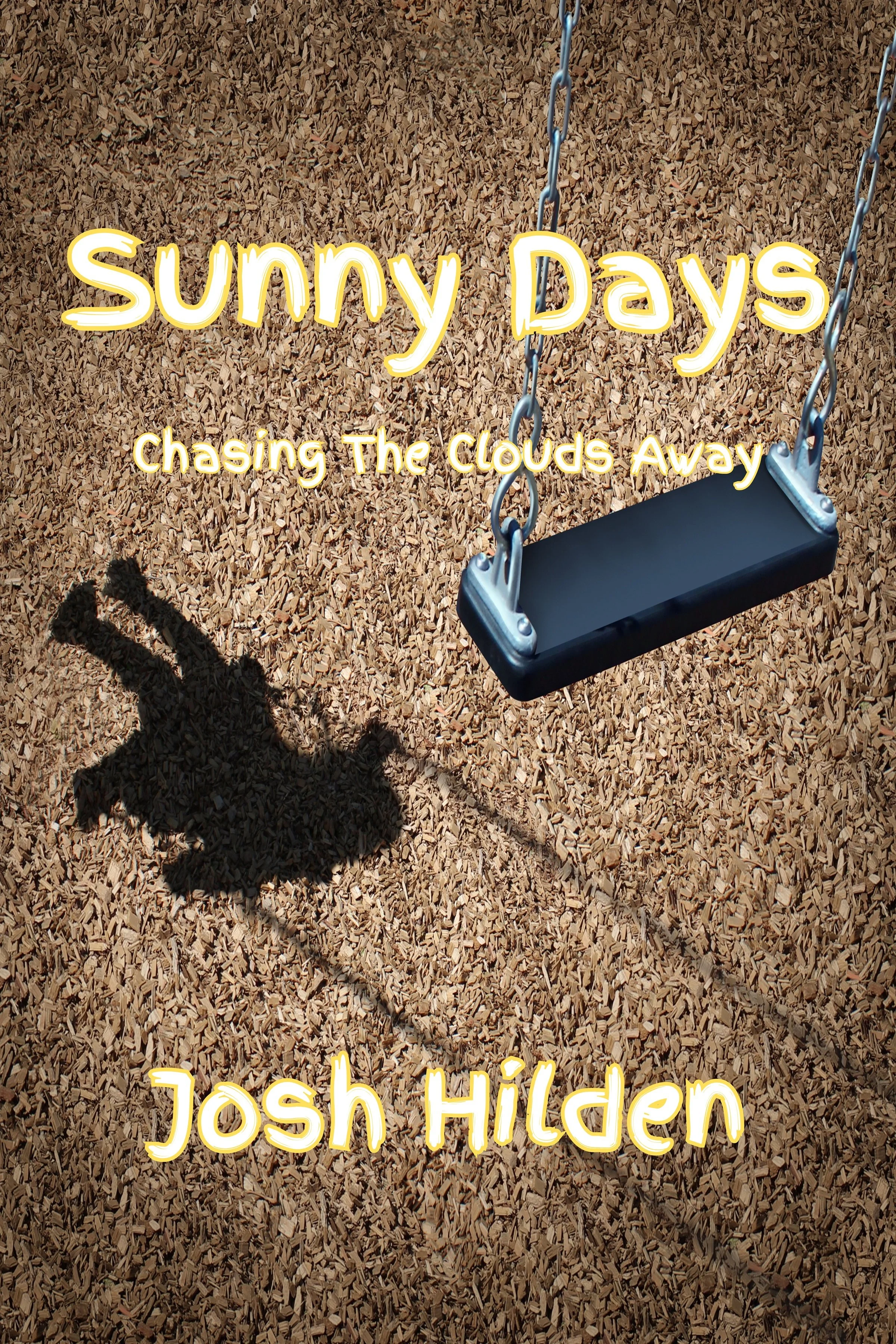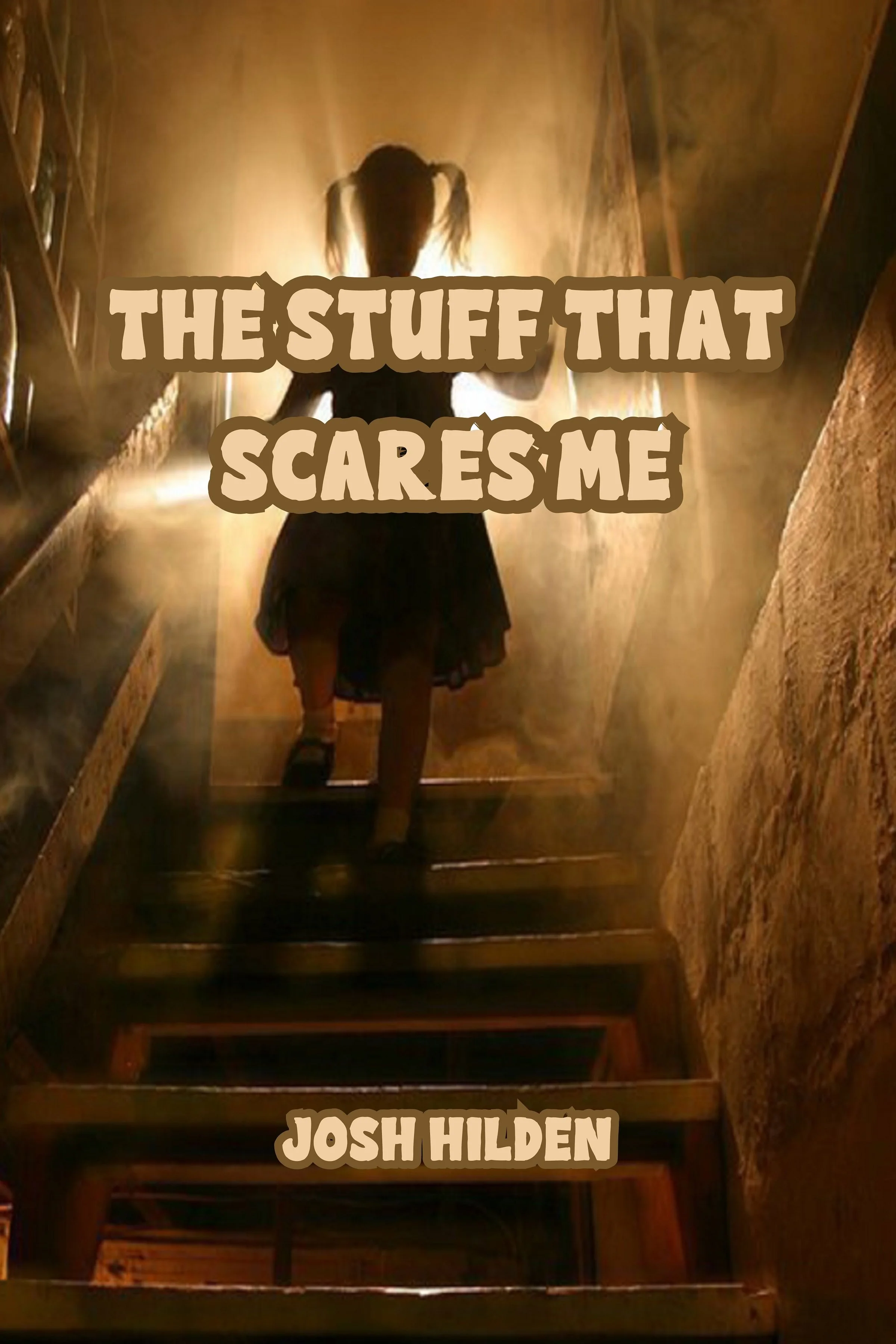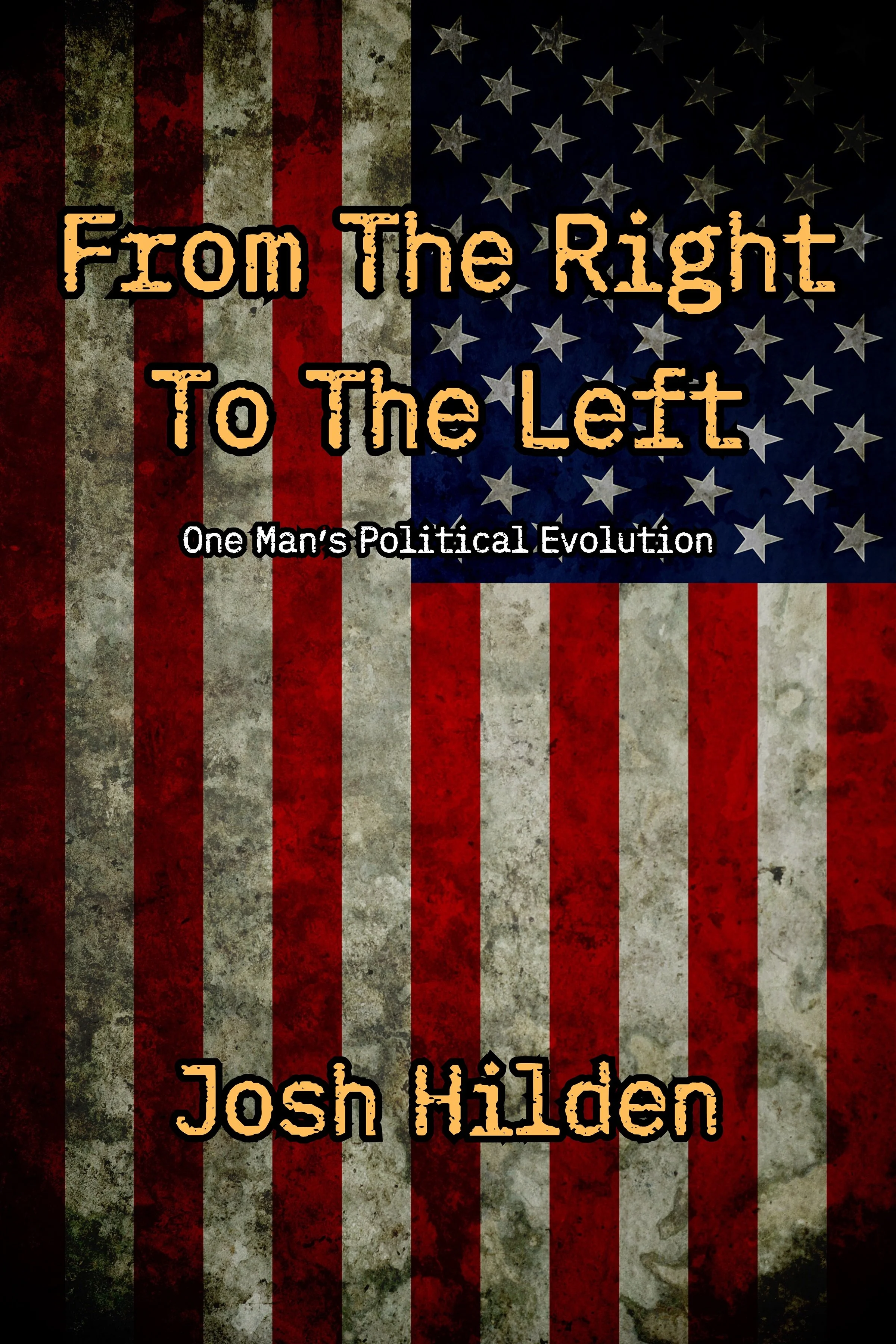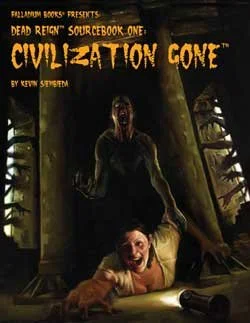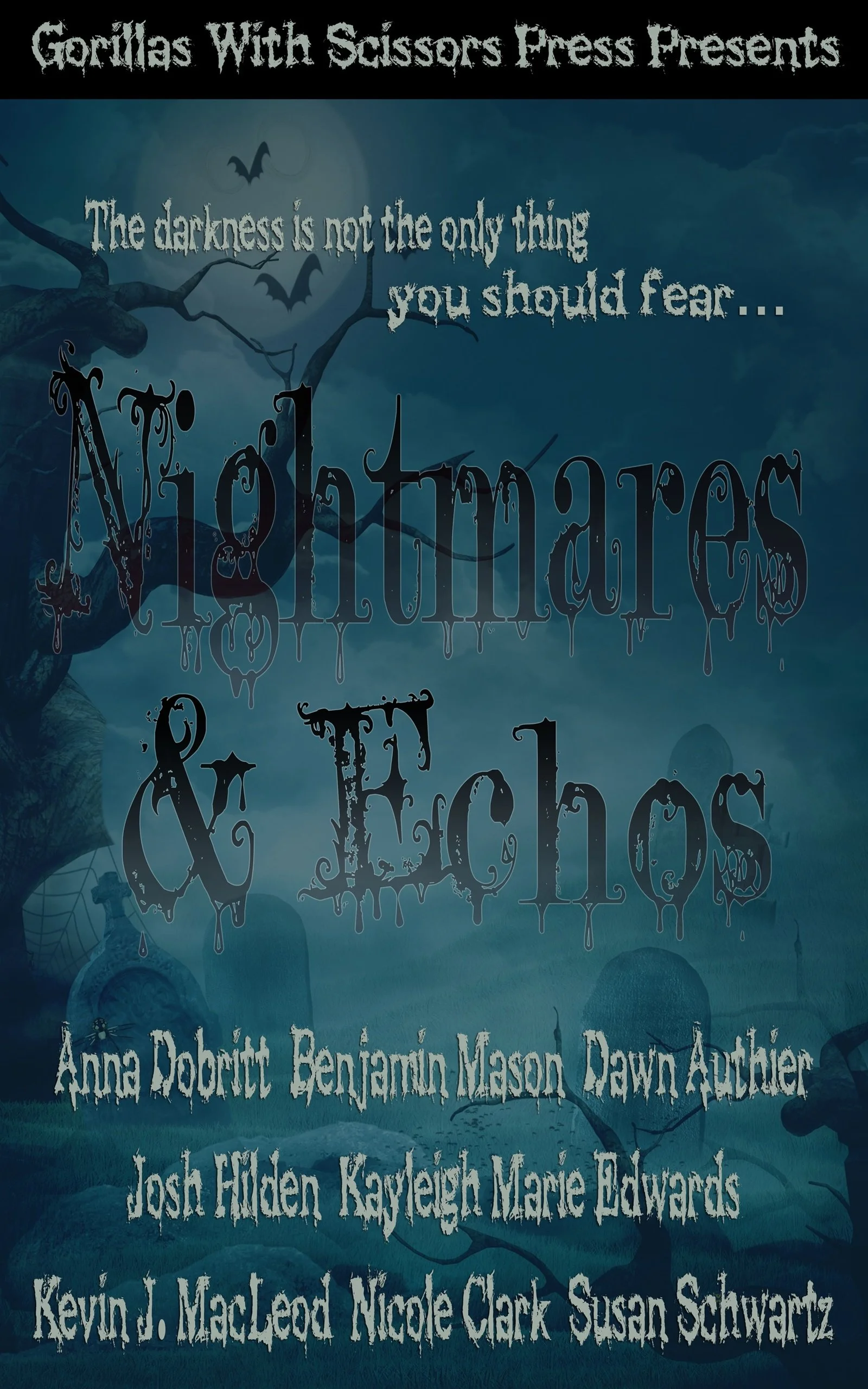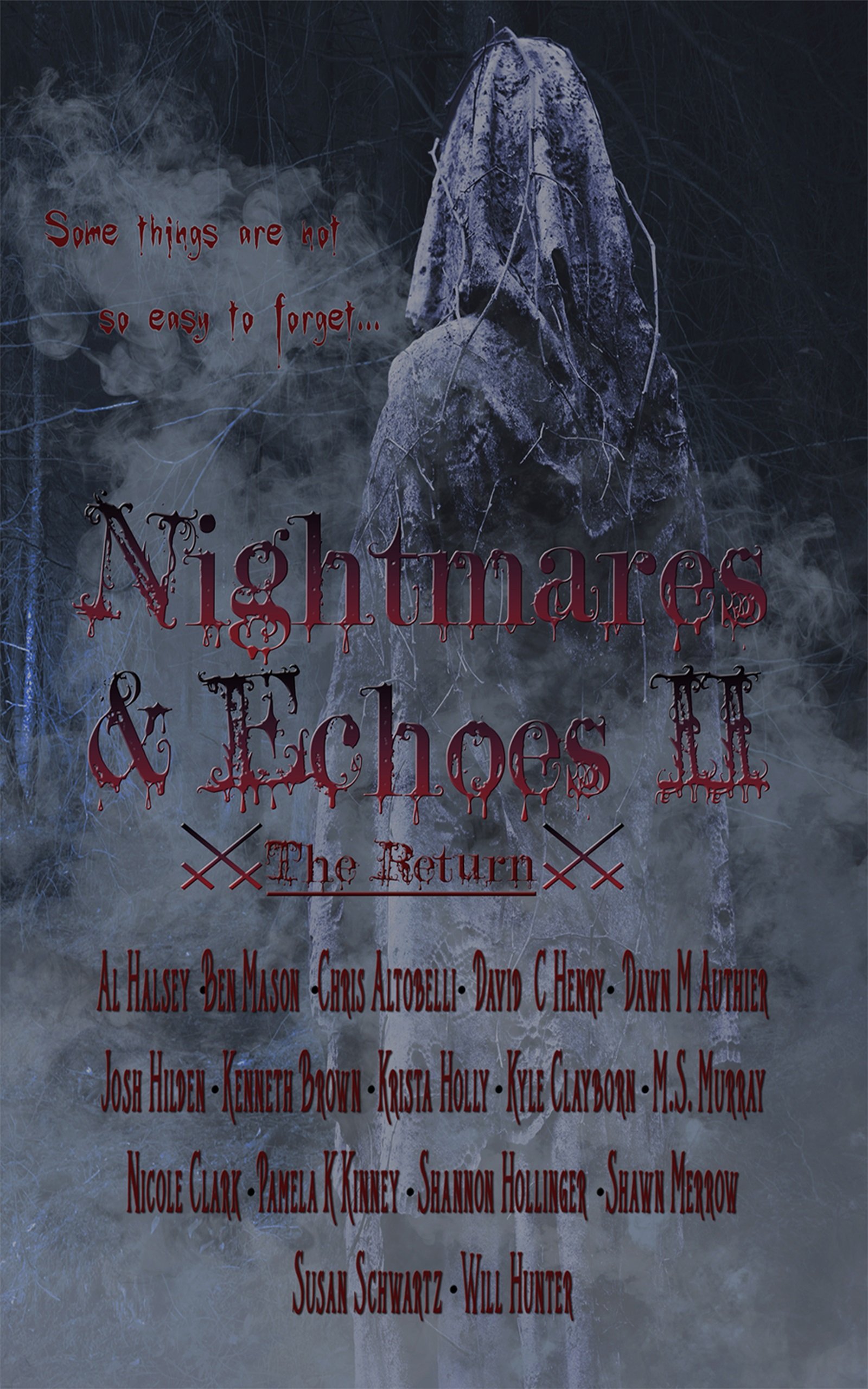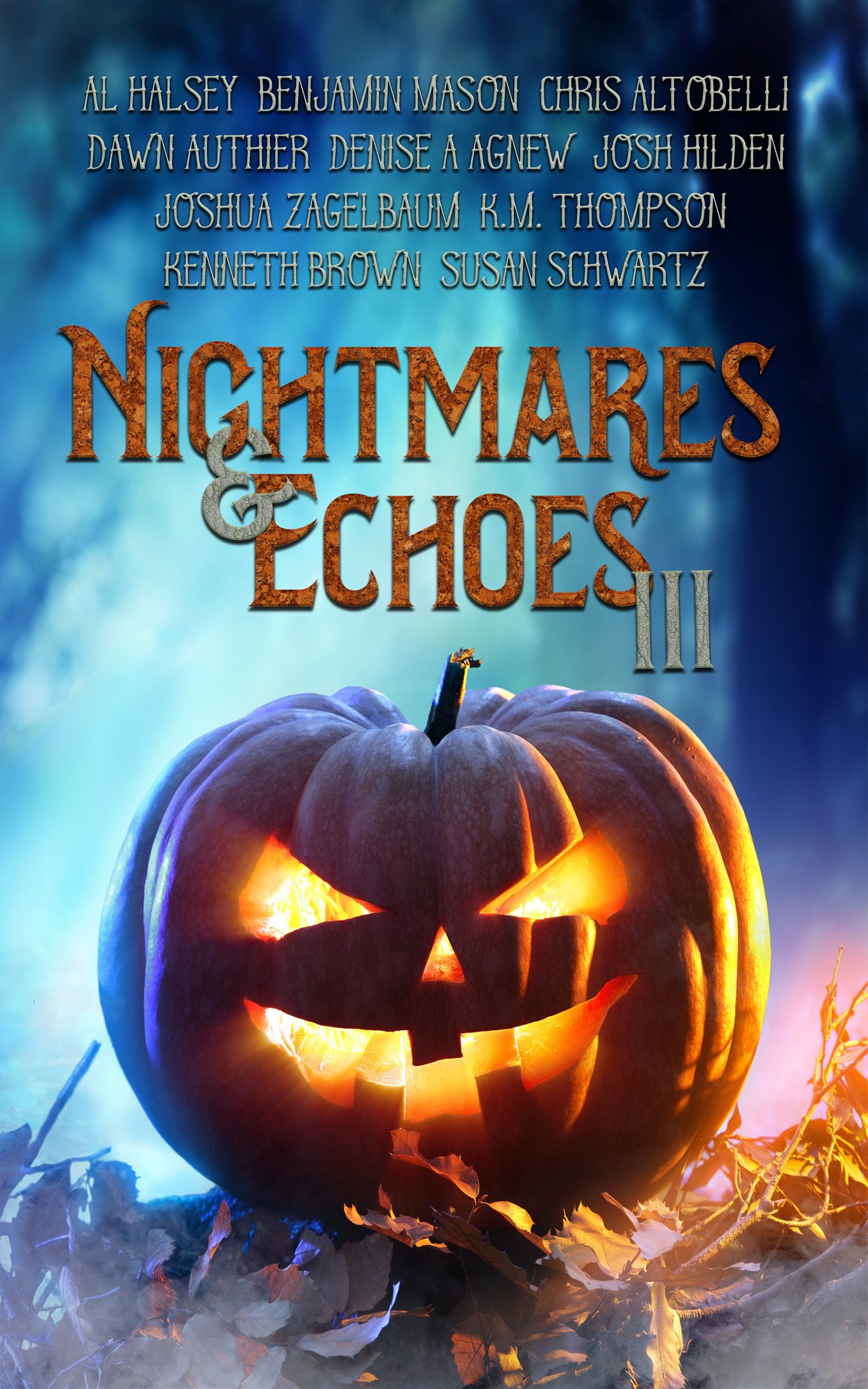My Top 10 Favorite Scary Movies Number 04: Psycho
/
The original Psycho is the first movie on this entire list I ever experienced. I’ve talked at length in the past about my love of watching weekend horror movies when I was kid. I grew up in the metro Detroit area and we had two UHF stations (Kids ask your elders what those were) that showed horror movies on the weekends. Channel twenty showed the Thriller Double Feature and channel fifty showed the Saturday Shocker. We also could receive channel thirty six out of Toledo which showed Dr. Shocks X-Ray Chiller Theater on Saturdays at Midnight.
*Side Note: I am considering doing a short nonfiction piece about these seminal programs in the coming year. I will keep you all posted.*
I’m not sure if it was on the Thriller Double Feature or Saturday Shocker but I know it wasn’t on Doctor Shocks show. The only reasons I’m sure of that is because it was daytime when I saw it and not long afterward we went to my grandma Janet’s house for a visit. I’m not sure what I was expecting when the movie started but it wasn’t what I got.
Let me say this, I am not an Alfred Hitchcock-phile. I don’t think he’s the greatest film director off all time but I do think he ranks up there with the rest of the greats. To be honest I think the title of “Best Director Ever” is one that can never really be awarded to any one director. That being said I know many people consider him one of if not the best ever.
I didn’t come to appreciate Mr. Hitchcock’s body of work until much later in life. Other than Psycho, which I promise we’ll get to eventually, what I knew about Mr. Hitchcock before I saw the amazing Jimmy Stewart movie Rear Window was from two sources very different from his work on the big screen. Because even thought it was a viewing of the classic Rear Window when I was in my teens that I started to recognize the man’s skill behind the big camera young me loved him on the small screen and written page first.
When I was in the third grade I was living in Saline Michigan with my mom, my pseudo step dad, and my unnamed middle brother (I’m the oldest). One day we went to the public library, we did this every week, and I was looking at what would now be considered Young Adult (YA) fiction but back then was just all kids books. At random I picked up a mystery book call THE SECRET OF TERROR CASTLE which was the first Three Investigators book.
It was love at first page.
From Wikipedia, the free encyclopedia
The Three Investigators is an American juvenile detective book series first published as "Alfred Hitchcock and the Three Investigators". It was created by Robert Arthur, Jr., who believed using a famous person such as movie director Hitchcock would attract attention. Random House, which is owned by Bertelsmann AG, is the U.S. publisher and still has some of the rights to the books. Other rights are possessed by the heirs of Robert Arthur, Jr. and the German publisher Kosmos. The characters known as the "three investigators" are three boys named Jupiter Jones, Peter Crenshaw and Bob Andrews.
Most of the mysteries involved investigation of baffling phenomena (e.g. an ancient Egyptian mummy that apparently whispered and a human skull that seemed to talk).
Introduction and history
The original series was published from 1964 to 1987 and comprised 43 books. Books number 1 to 9 and 11 were written by the creator, Robert Arthur, who also specified ideas for a few of the other stories. Arthur had been an editor for several book collections attributed to Alfred Hitchcock. The other authors were William Arden (Dennis Lynds), Nick West (Kin Platt), Mary Virginia Carey and Marc Brandel (born Marcus Beresford). All of the authors wrote their own introductions and epilogues, which were dictated purportedly by Hitchcock and later in the series a fictional writer, Hector Sebastian, who supposedly recorded the adventures of the Three Investigators from their words. The illustrators in the series began with Harry Kane and Ed Vebell and include Jack Hearne, Herb Mott, Stephen Marchesi, Robert Adragna and William A. ("Bill") Dodge.
For the original series, the specific ages of the investigators were never revealed, but contextual information indicates that they were likely 13 or 14 years old. They were not old enough to drive a car legally, but were said to be just a few years younger than their nemesis Skinny Norris, who had a driver's license from a state where the required age for a license was younger. On one occasion it was mentioned that Pete was part of the high-school wrestling team. In the later Crimebusters series, it was stated once that the Three Investigators team was initiated when the boys were 13.
The investigators were typically introduced to a mystery by a client or by finding something unusual accidentally in the scrapyard of Jupiter's Uncle Titus Jones and Aunt Mathilda, who had a salvage business. The boys encountered baffling, sometimes misleading clues and danger before finally solving the mystery. The series had one major theme: however strange, mystical, or even supernatural a particular phenomenon may seem at first, it is capable of being traced to human agency with the determined application of reason and logic. Most mysteries were solved by Jupiter Jones, a supreme logician who implicitly used the Occam's Razor principle: that the simplest and most rational explanation should be preferred to an explanation which requires additional assumptions. The boys were able to solve their mysteries with relatively few resources: they generally had little more than a telephone, bicycles, access to a library and - with reference to the Hollywood setting of the series - a chauffeur-driven vehicle. The last chapter of each book was an epilogue for which the investigators sat with Alfred Hitchcock (and later, "Hector Sebastian"), reviewing the mystery and revealing the deductions through the clues discussed earlier in the book.
During 1989, Random House revamped the series, naming it The 3 Investigators — Crimebusters Series. The investigators were now 17 years old, could drive cars and were much more independent. The stories continued to include an abundance of detecting, but with the addition of more action. The series was well-received, but was halted during 1990, when legal disagreements between Random House and the heirs of the Arthur estate could not be resolved. By 2005, the disagreements were still not settled.
At least eleven novels were published in the Crime Busters series, which was initiated by one of the series' authors, William Arden, pseudonym of Dennis Lynds, who wrote the Dan Fortune mystery series for adults by the pseudonym Michael Collins. The other authors were: H. William Stine and wife Megan Stine, G.H. Stone (Gayle Lynds), William MacCay, Marc Brandel and Peter Lerangis.
Random House has reprinted several of the original books as two paperback reprint series, partly to assure their legal rights.
I loved the Investigators and for two years and I still have a soft spot for them in my heart to this day. I know Hitchcock had nothing to do with the books bedsides lending his name and persona to the series but it was my first real exposure to him as a person.
I read every one of the books multiple times and I can still see things in my own work inspired by things I was exposed to in the Investigators series. They were my favorite of the teen mystery genre (Trixie Belden coming in a close number 2) and I still think of some of my favorite scenes with fondness.
In the mid 1980’s I was given my second exposure to Mr. Hitchcock, and this time it was more grounded in his actually body of work. It was on television and it blew my mind. When The Twilight Zone received its first reboot in the 1980’s it wasn’t long before another classic anthology Alfred Hitchcock Presents was resurrected.
From Wikipedia, the free encyclopedia
Alfred Hitchcock Presents is an American television anthology series hosted by Alfred Hitchcock. The series featured dramas, thrillers, and mysteries. By the time the show premiered on October 2, 1955, Hitchcock had been directing films for over three decades. Time magazine named Alfred Hitchcock Presents one of "The 100 Best TV Shows of All-TIME". The Writers Guild of America ranked it #79 on their list of the 101 Best Written TV Series tying it with Monty Python's Flying Circus, Star Trek: The Next Generation and Upstairs, Downstairs.
A series of literary anthologies with the running title Alfred Hitchcock Presents were issued to capitalize on the success of the television series. One volume, devoted to stories that censors wouldn't allow to be adapted for the TV series, was entitled Alfred Hitchcock Presents: Stories They Wouldn't Let Me Do on TV—though eventually several of the stories collected were adapted.
History
Alfred Hitchcock Presents is well known for its title sequence. The camera fades in on a simple line-drawing caricature of Hitchcock's rotund profile. As the program's theme music, Charles Gounod's Funeral March of a Marionette, plays, Hitchcock appears in silhouette from the right edge of the screen, and then walks to center screen to eclipse the caricature. He then almost always says "Good evening." (The theme music for the show was suggested by Hitchcock's long-time musical collaborator, Bernard Herrmann.)
The caricature drawing, which Hitchcock created himself, and the use of Gounod's Funeral March of a Marionette as theme music have become indelibly associated with Hitchcock in popular culture.
Hitchcock appears again after the title sequence, and drolly introduces the story from a mostly empty studio or from the set of the current episode; his monologues were written especially for him by James B. Allardice. At least two versions of the opening were shot for every episode. A version intended for the American audience would often spoof a recent popular commercial or poke fun at the sponsor, leading into the commercial. An alternative version for European audiences would instead include jokes at the expense of Americans in general.[citation needed] For later seasons, opening remarks were also filmed with Hitchcock speaking in French and German for the show's international presentations.
Hitchcock closed the show in much the same way as it opened, but mainly to tie up loose ends rather than joke. He told TV Guide that his reassurances that the criminal had been apprehended were "a necessary gesture to morality."
Originally 25 minutes per episode, the series was expanded to 50 minutes in 1962 and retitled The Alfred Hitchcock Hour. Hitchcock directed 17 of the 268 filmed episodes of Alfred Hitchcock Presents and one of the 50-minute episodes, "I Saw the Whole Thing" with John Forsythe. The last new episode aired on June 26, 1965, and the series continued to be popular in syndication for decades.
1985 revival
In 1985, NBC aired a new TV movie based upon the series, combining newly filmed stories with colorized footage of Hitchcock from the original series to introduce each segment. The movie was a huge ratings success, and sparked a brief revival of the anthology series genre that included a new version of The Twilight Zone amongst others. Alfred Hitchcock Presents revival series debuted in the fall of 1985 and retained the same format as the movie: newly filmed stories (a mixture of original works and updated remakes of original series episodes) with colorized introductions by Hitchcock. The new series lasted only one season before NBC cancelled it, but it was then produced for two more years by USA Network.
I was always more of Twilight Zone and Outer Limits fan but I really liked Alfred Hitchcock Presents. The show was smarter and more nuanced than the other two and as I’ve gotten older I’ve rewatched it more than the others. While I think the original black and white show is superior it’s like comparing pancakes and French toast, I love them both with maple syrup.
Are we done here?
Oh wait, we haven’t even talked about Psycho yet.
From Wikipedia, the free encyclopedia
Psycho is a 1960 American psychological thriller-horror film directed by Alfred Hitchcock starring Anthony Perkins, Vera Miles, John Gavin, and Janet Leigh. The screenplay is by Joseph Stefano, based on the 1959 novel of the same name by Robert Bloch loosely inspired by the crimes of Wisconsin murderer and grave robber Ed Gein.
The film centers on the encounter between a secretary, Marion Crane (Leigh), who ends up at a secluded motel after embezzling money from her employer, and the motel's disturbed owner-manager, Norman Bates (Perkins), and its aftermath. When originally made, the film was seen as a departure from Hitchcock's previous film North by Northwest, having been filmed on a low budget, with a television crew and in black and white. Psycho initially received mixed reviews, but outstanding box office returns prompted reconsideration which led to overwhelming critical acclaim and four Academy Award nominations, including Best Supporting Actress for Leigh and Best Director for Hitchcock.
It is now considered one of Hitchcock's best films and praised as a work of cinematic art by international film critics and film scholars. Ranked among the greatest films of all time, it set a new level of acceptability for violence, deviant behavior and sexuality in American films, and is widely considered to be the earliest example of the slasher film genre. After Hitchcock's death in 1980, Universal Studios began producing follow-ups: three sequels, a remake, a television film spin-off, and a TV series.
In 1992, the US Library of Congress deemed the film "culturally, historically, or aesthetically significant" and selected it for preservation in the National Film Registry.
Plot
Marion Crane and her boyfriend Sam Loomis meet for a secret romantic rendezvous during a Friday lunch hour at a hotel in downtown Phoenix, Arizona. They discuss how they can barely afford to get married due to Sam's debts. Marion returns to work at a realtor's office. A client comes in with $40,000 in cash to purchase a house as a wedding gift for his daughter. The client flirts with Marion. Her boss instructs her to promptly deposit the money in the bank, puts the money envelope in her purse. Marion then asks her boss if she can take the rest of the afternoon off and that she was not feeling well. Back at her room, Marion starts packing to leave for an undetermined time, while contemplating taking the money. She decides to steal it, and leave Phoenix, drive to (mythical) Fairvale, California, to give it to Sam. However, upon passing through downtown Phoenix on her way out of town, stopped at a traffic light, she is spotted by her boss as he crosses the street, which unsettles her.
On the road now in California, she pulls over at night to sleep but is awakened the following morning by a California Highway Patrolman who can tell something is wrong because of her furtive, anxious behavior. The officer, however, lets her go. Upon arriving in Bakersfield, Marion pulls into a used car dealership to hastily exchange her car (a 1956 Ford Mainline), for another (a 1957 Ford Custom 300). Driving up US 99 during the rainy night, she imagines conversations in her mind of her boss and the client discussing the stolen money, and becomes increasingly nervous. After accidentally taking a wrong turn, she drives up to the Bates Motel, a remote lodge that has recently lost business due to a diversion realignment of the main highway. The youthful proprietor Norman Bates, nervous but friendly, invites her to a light dinner. Marion, alone in her cabin, overhears a heated argument between Norman and his mother about inviting her to the house, he ends up bringing her dinner to the motel parlor. Norman talks about his daily life and his hobby, taxidermy and discloses that his mother Norma is mentally ill, but he becomes agitated when Marion suggests his mother be institutionalized. During their conversation, Marion decides to return to Phoenix and return the stolen money. Upon returning to her cabin, Norman, looking through a hole he had made in the parlor wall long ago, sees her undress, and returns to his house behind the motel. Marion subtracts the amount of money she spent from the stolen money, then tears up the paper and flushes it down the toilet. The burden now lifted from her conscience, she takes a relaxing shower, during which a shadowy figure of an elderly woman quietly enters the bathroom, shoves back the shower curtain and proceeds to stab her repeatedly to death with a large kitchen knife. The figure then leaves the cabin with the shower still running, with Marion laying on the floor dead. Norman comes into the cabin and "discovers" Marion's dead body and, convinced that his mother had committed the crime, wraps the body in the shower curtain, and cleans up the bathroom. He puts Marion's wrapped body in the trunk of her car, along with all her possessions and, unknowingly, the money, and sinks it in a nearby swamp.
A week later, Marion's sister Lila arrives in Fairvale to confront Sam Loomis about Marion's whereabouts in his hardware store. A private detective named Arbogast confirms Marion is suspected of having stolen $40,000 from her employer. Arbogast eventually finds the Bates Motel. Norman's evasiveness and stammering arouse his suspicions; when Norman mentions that Marion had met his mother, Arbogast demands to speak to her but Norman refuses. From a payphone, Arbogast calls Lila and Sam to tell them about his encounter with Norman, and that he intends to return to the motel to attempt to speak to Bates' mother. He would call Lila and Sam again in an hour. Upon entering the Bates' residence, looking for Norman's mother, a figure emerges from her room and murders Arbogast on top of the staircase.
After three hours, fearing something has happened to Arbogast, Sam and Lila go into Fairvale to talk with the local sheriff. The sheriff is puzzled by the detective's claim that he was planning to talk to Norman's mother, stating that Mrs. Norma Bates died ten years ago, along with her lover, in a murder-suicide. He calls Norman to ask him about Arbogast, and is told that he asked some questions and left. Back at the Bates' house, Norman, seen from above, carries his mother down to the cellar of their house; she verbally protests the arrangement, but he explains that she needs to hide from whoever comes next looking for Arbogast and Marion.
Sam and Lila, posing as husband and wife on a business trip, rent a room at the Bates Motel to search the cabin that Marion stayed in. Lila finds a scrap of paper (with "$40,000 written on it) that Marion supposedly flushed down the toilet, while Sam notes that the bathtub has no shower curtain. Lila, not believing Ms. Bates is dead, is determined to speak to Mrs. Bates. Sam and Lila develops a plan: Sam is to distract Norman with conversation while Lila sneaks into the house to look for Mrs. Bates. Lila searches hers and Norman's rooms. The conversation between Sam and Norman turns sour, Sam accusing Norman of stealing the $40,000 to re-start his life. Norman angrily orders Sam and his wife to leave the motel, then wants to know where Sam's wife was. The two begin to grapple, but Norman subdues Sam, and runs into the house to accost Lila. Lila, spotting Norman approaching, hides in the cellar and sees Mrs. Bates sitting in a rocking chair, her back to Lila. She calls out to the woman, getting no reply; Lila taps Mrs. Bates' shoulder, the chair then rotates to reveal the desiccated corpse of Mrs. Bates, shocking Lila into screaming with fear. A figure enters the basement, wearing a dress and wig while wielding a large knife, revealing Norman to be the murderer all along. Sam then enters behind Norman, just managing to overpower Norman.
At the county courthouse after Norman's arrest, a psychiatrist who interviews Norman reveals not only the killings of Marion and Arbogast, but that Norman had been excessively dominated by his mother since childhood, and when she took a lover, he became insanely jealous that she had "replaced" him, then murdered his mother and her lover. Later, he developed a split personality to erase the crime of matricide from his memory and "immortalize" his mother by stealing and "preserving" her corpse. When he feels any sexual attraction towards someone, as was the case with Marion, the "Mother" side of his mind becomes jealous and enraged. At times, he is able to function as Norman but other times, the "Mother" personality completely dominates him. The psychiatrist also reveals that Norman, in his "Mother" state, had killed two missing young girls some time prior to Marion and Arbogast.
Norman is now locked into his mother's identity permanently. Mrs. Bates, who, in a voice-over, talks about how it was really Norman, not her, who committed all those murders and that she should have 'put him away' years ago, finally saying that she 'wouldn't even harm a fly' (A double exposure shows Norman's face merging with that of his mother's corpse). The final scene shows Marion's car being recovered from the swamp.
Psycho scared me. It scared me a lot the first time I saw it. I admit to being that guy who showered with the curtain half open for about a year following my initial viewing of the flick.
But that wasn’t what stuck with me.
Norman Bates scared the bejeezus out of me. When he just seemed like a relatively harmless guy who dressed up like his dead mother and killed woman because they were harlots in his mind he was bad enough. But when the true scope of his psychosis was revealed in that chilling final sequence I was, in a phrase, gob smacked.
Later in life, I think I was 14, when I read the Robert Bloch book the movie was adapted from I was taken to a whole new level. Both the book and the original movie were masterpieces of suspense and terror and if you haven’t experienced them I highly recommend them to anyone and everyone.
Now, a final last note on the later installments of the Psycho franchise before wrapping this up.
I’m preparing for hate here.
I enjoy the schlockiness of Psycho 2 and Psycho 3. Neither of them can be called cinematic art of any interpretation and they are NOT scary in the least. But they are fun popcorn movies and as flicks to have a drink or a smoke and watch they are good.
Psycho 4 was a really good movie. Throw your worst at me I can take it. Anthony Perkins gives one of the best performances in his life, Henry Thomas knocks it out if the park as a young Norman Bates, and in a era when horror was on the back burner this movie did it right. I recommend it on all levels, if you liked the original I hope you can appreciate the fourth installment.
In the 1980’s a TV movie called Bates Motel was released. Avoid this movie like it’s Ebola patient zero! I begged to be allowed to stay up and watch this movie when I was a kid and it was one of the first times in my life I felt two hours I’d never get back had been stolen from me.
Last year A&E started airing the television show Bates Motel and I am ashamed to admit I haven’t watched it yet. I hear good things, let’s be honest amazing things, about the show and it’s near the top of my too watch list but it just hasn’t reached the top yet, say sorry.
And now you’re expecting me to talk about Gus Van Zant’s 1998 shot for shot remake of Psycho. Well I have one thing to say about that movie.
FUCK IT!
Seriously you cast Vince Vaughn and pigeon hole him like that?
You get the go ahead to make one of the best movies of all time and THAT piece of shit is what you produce?
Fuck that movie, fuck it with a flaming hot poker!
Alright, I feel better now. Next time we move in to number three and it’s one you’ve probably been waiting for, it’ll be another long one and that’s appropriate for the man of our dreams.
- Josh
LINKS: Mailing List: http://forms.aweber.com/form/03/1103141603.htm Amazon Author Page: http://www.amazon.com/josh-hilden/e/B0094ACFPA/ref=sr_ntt_srch_lnk_1?qid=1358216534&sr=8-1 Amazon UK Author Page: http://www.amazon.co.uk/-/e/B0094ACFPA Facebook Author Page: http://www.facebook.com/pages/josh-hilden-author/116260821801432 Google Plus: http://plus.google.com/108367962143408220773/posts Twitter: http://twitter.com/josh_hilden Website: http://www.joshhilden.com/
